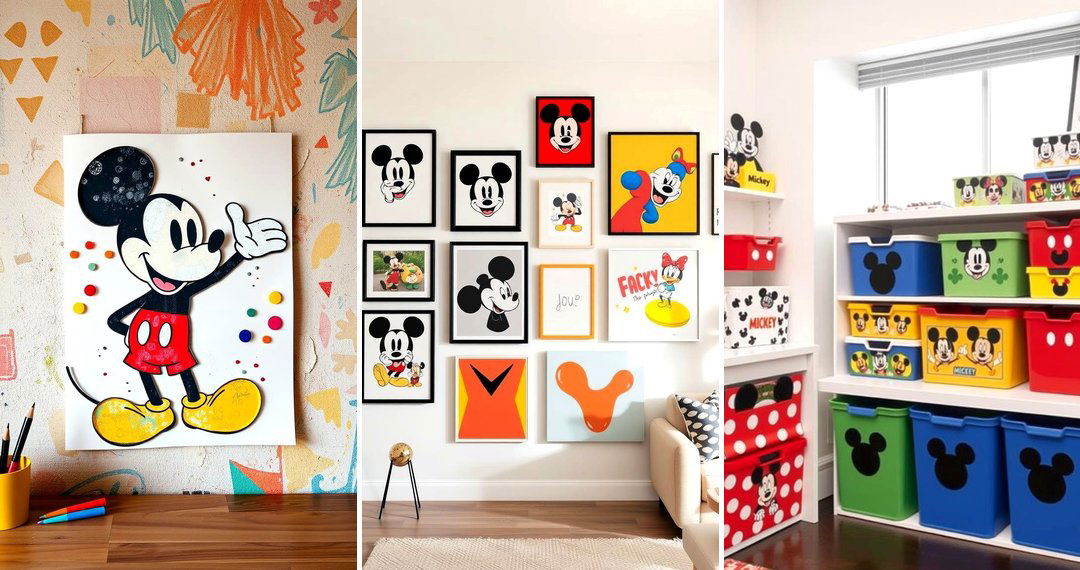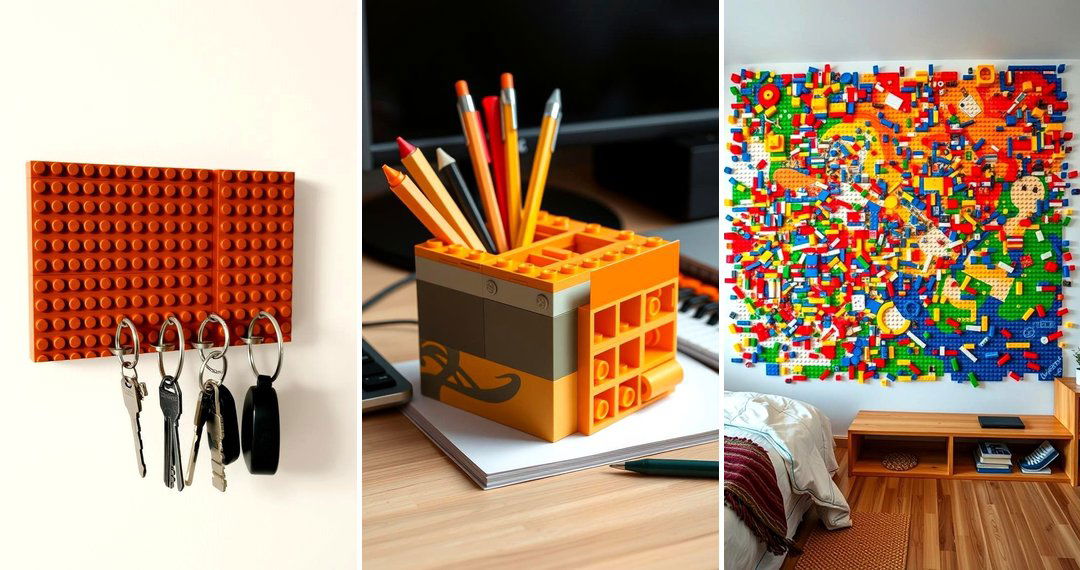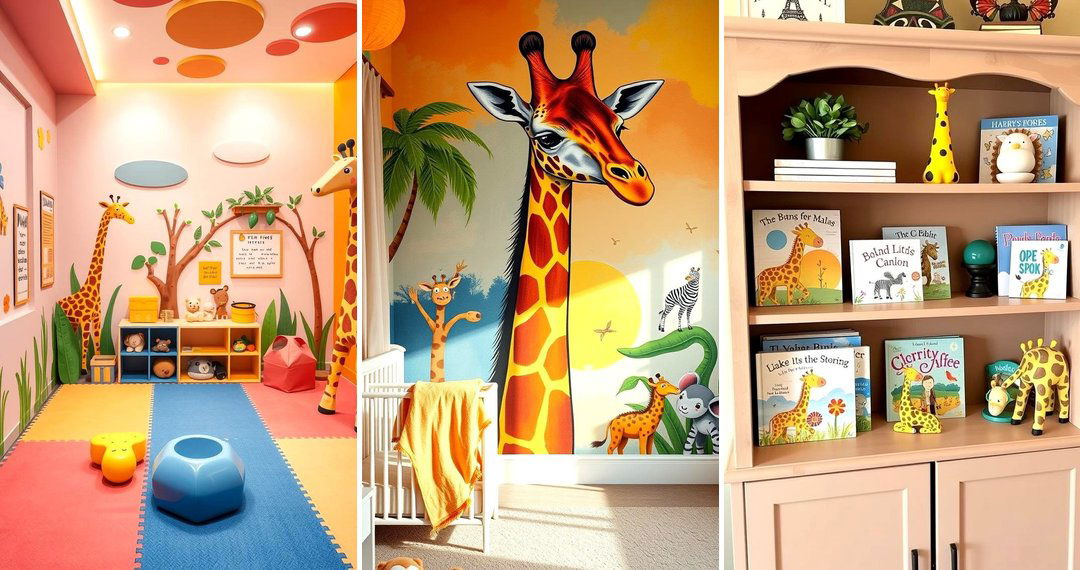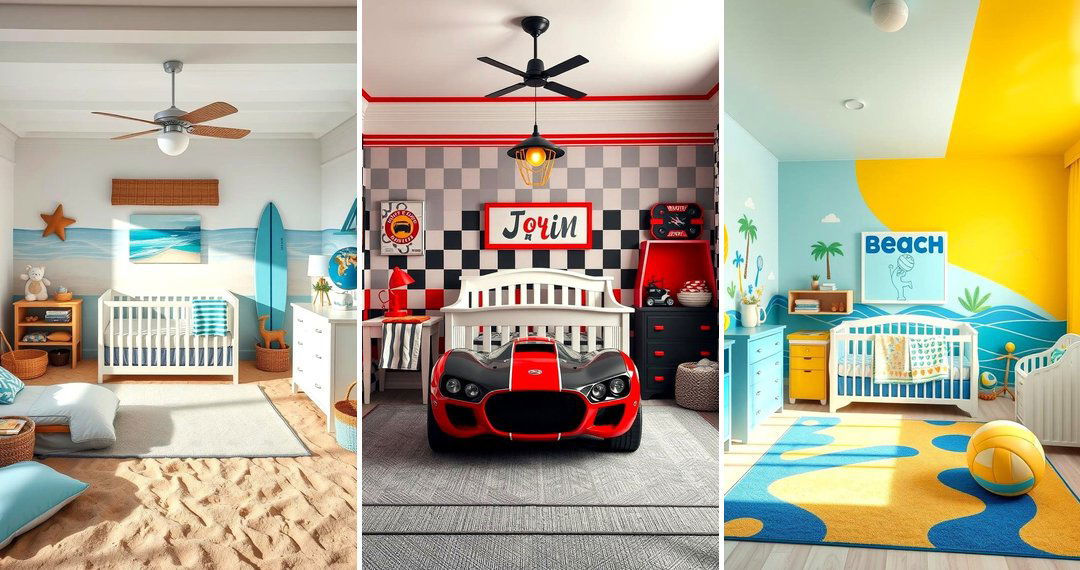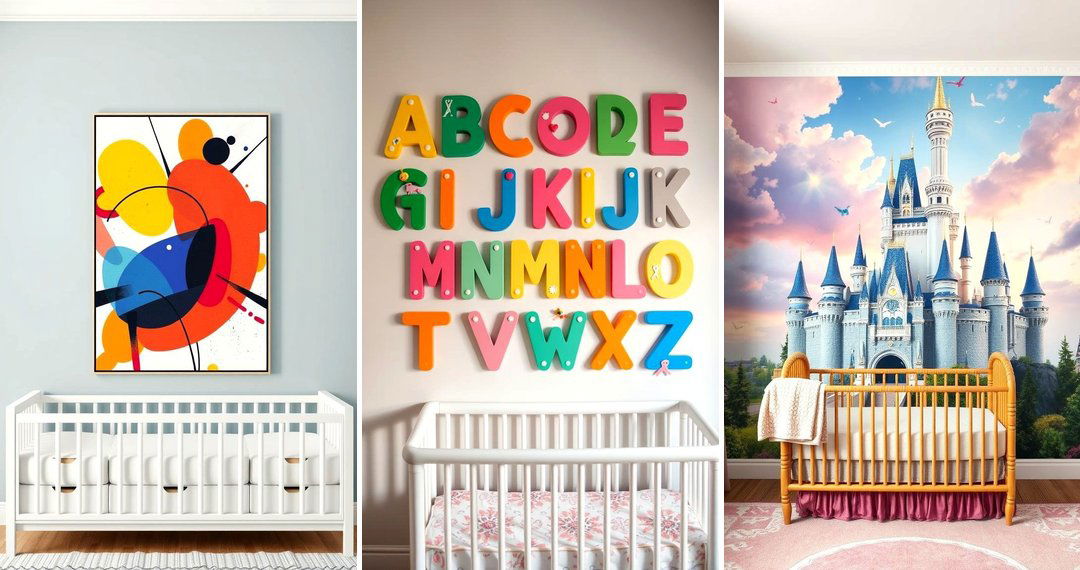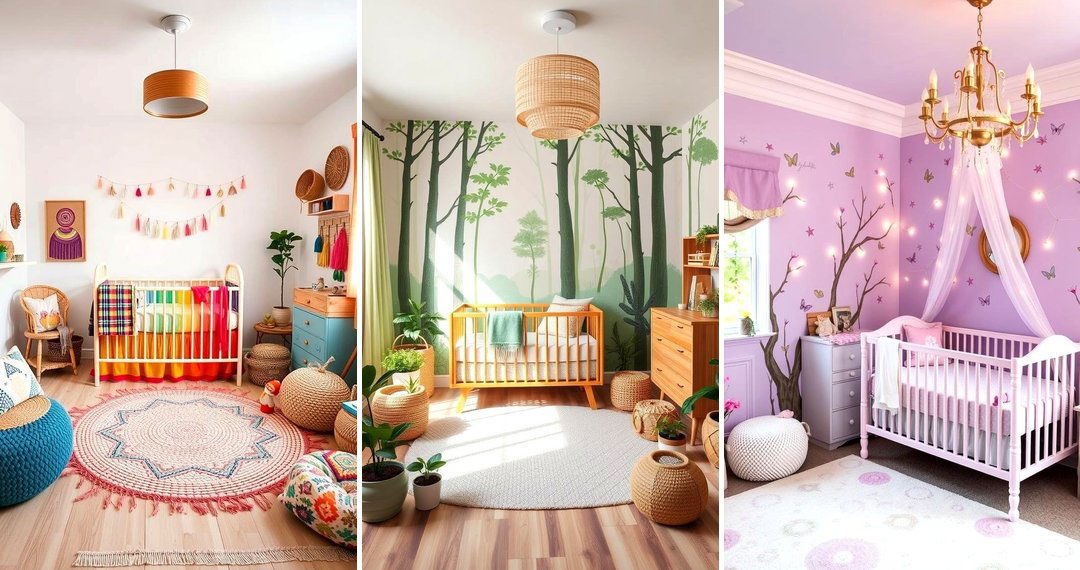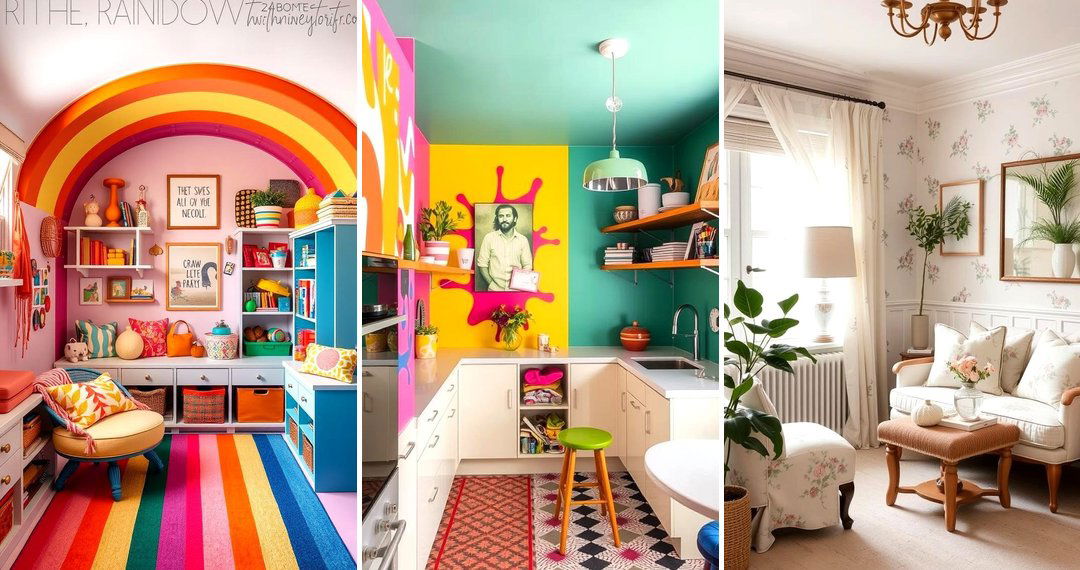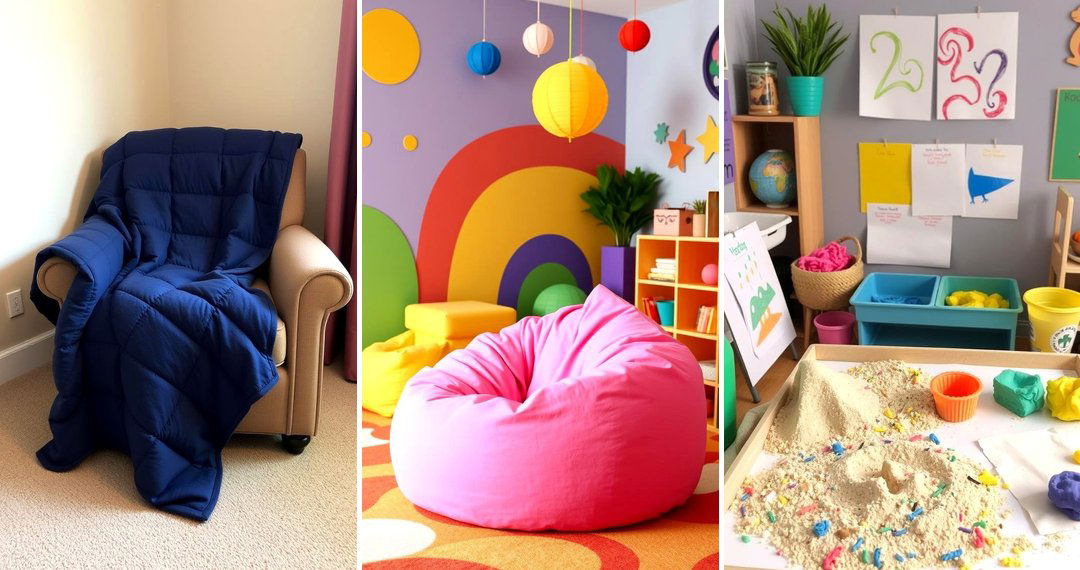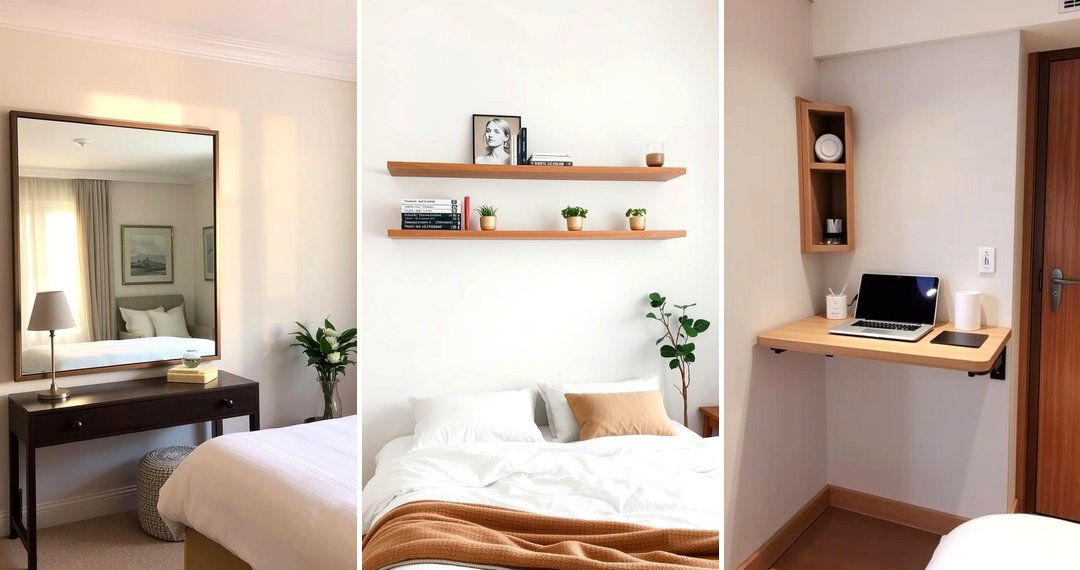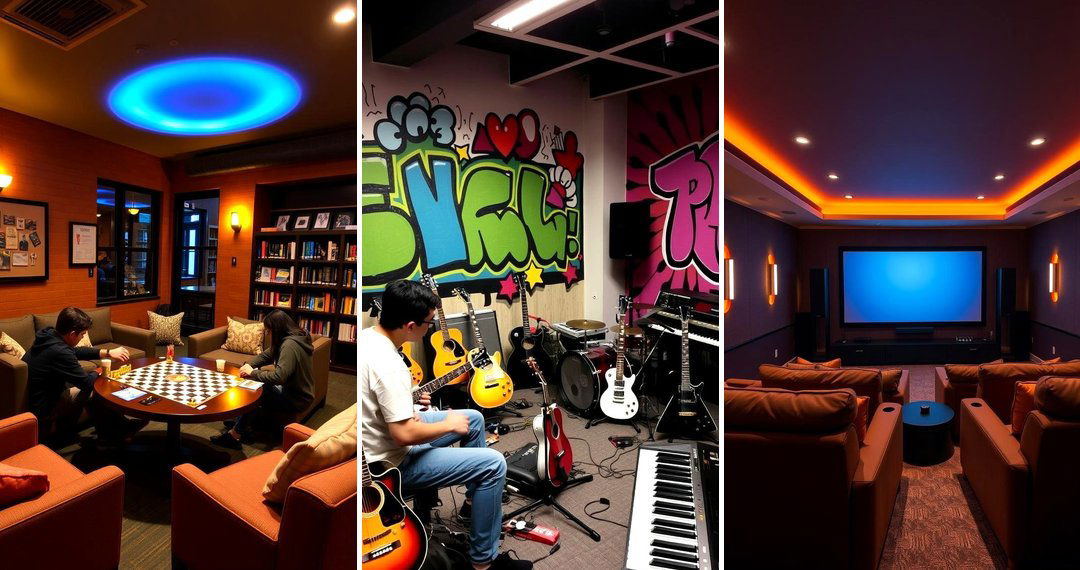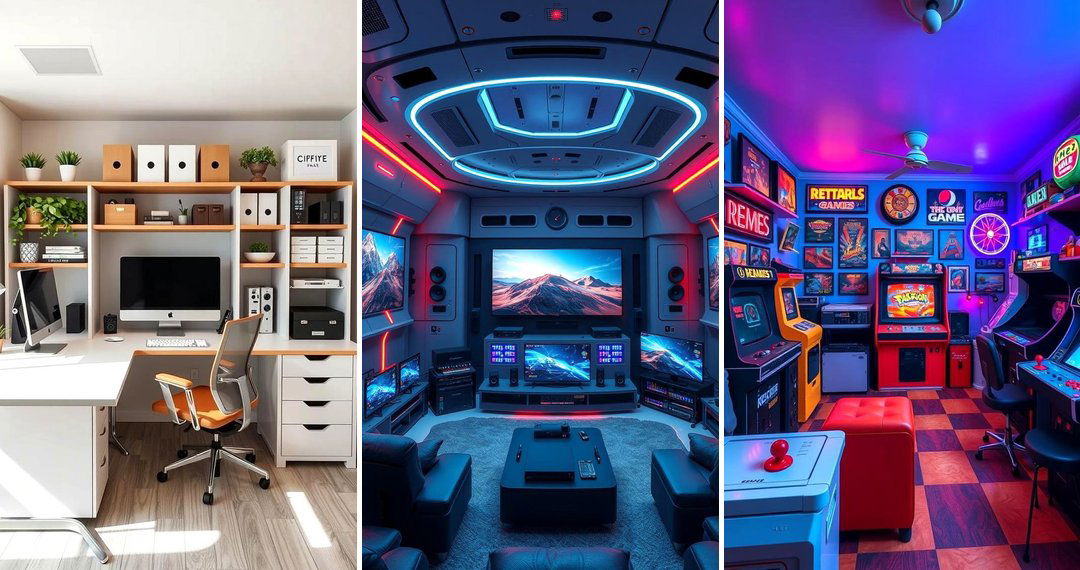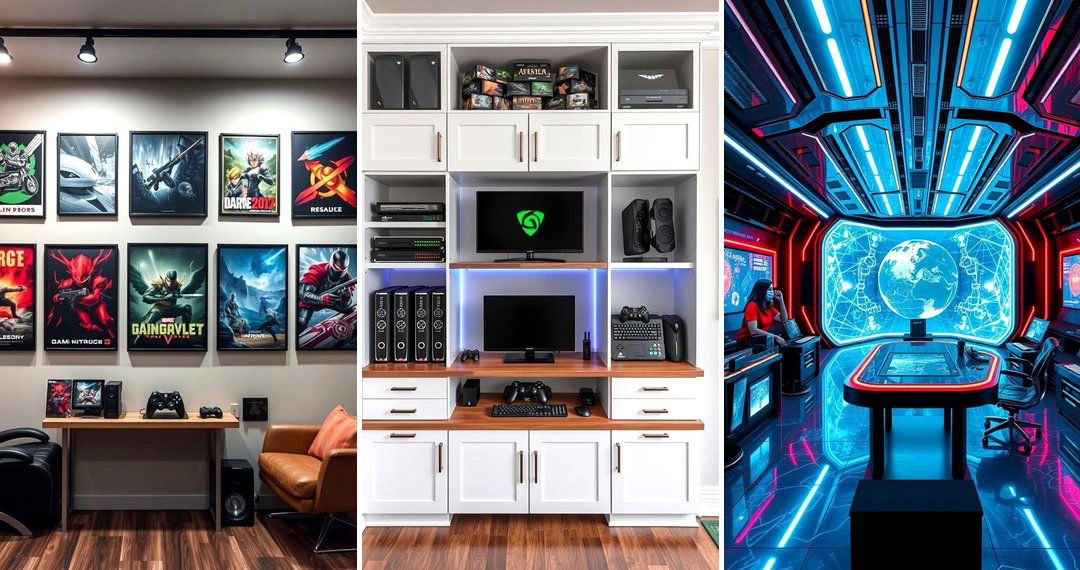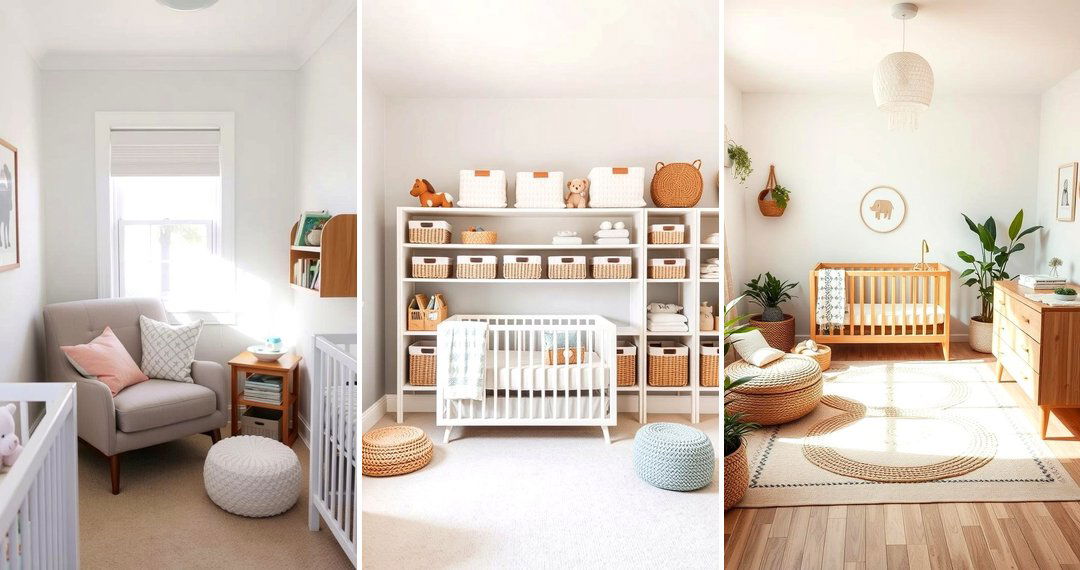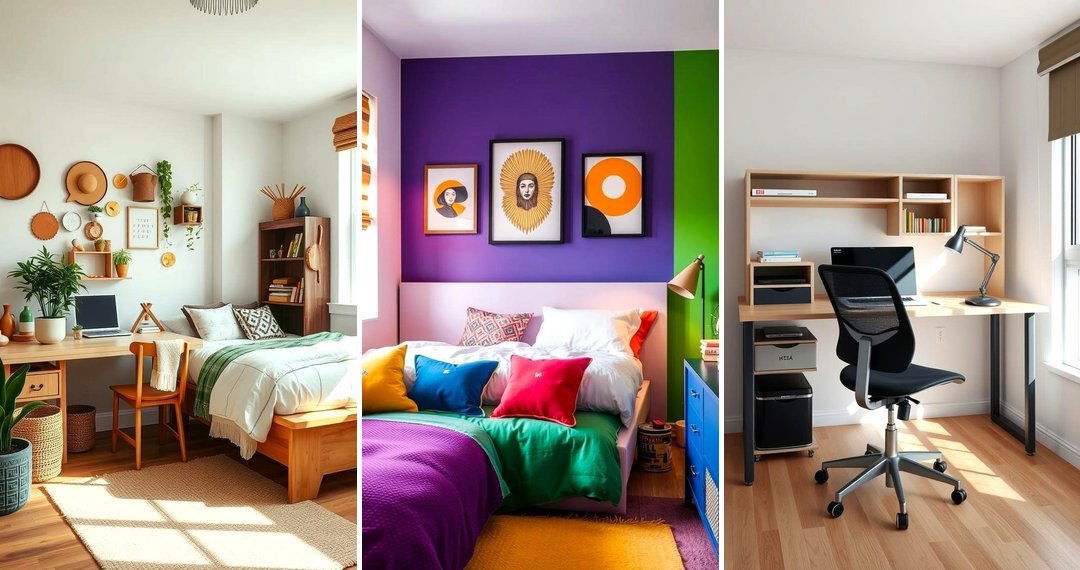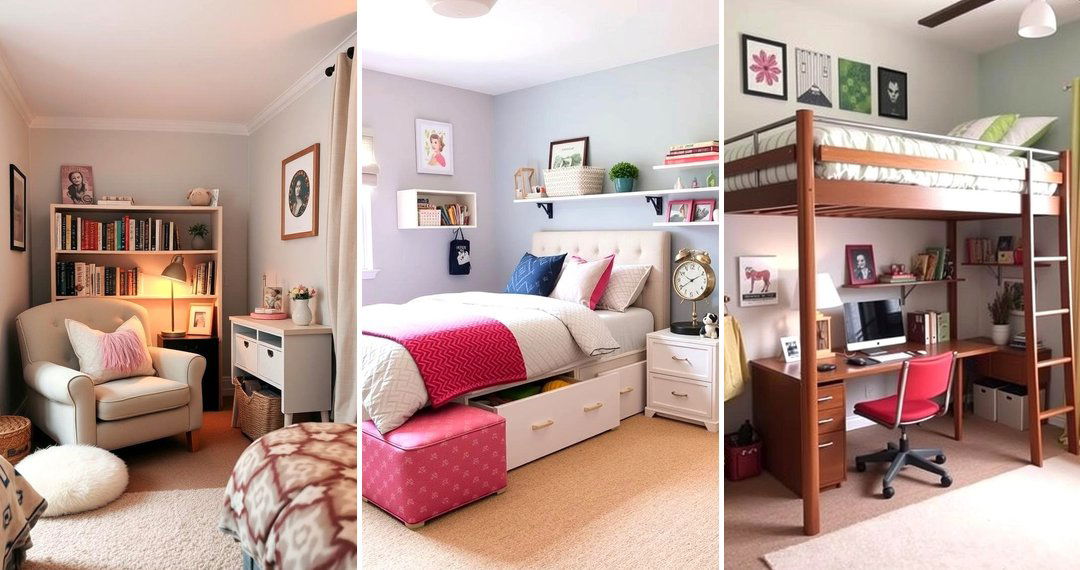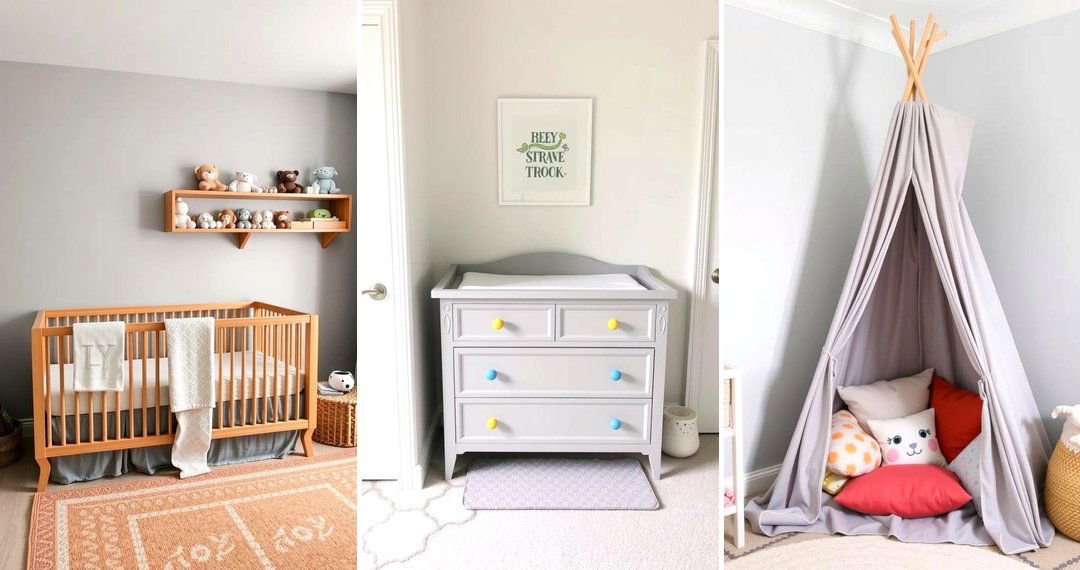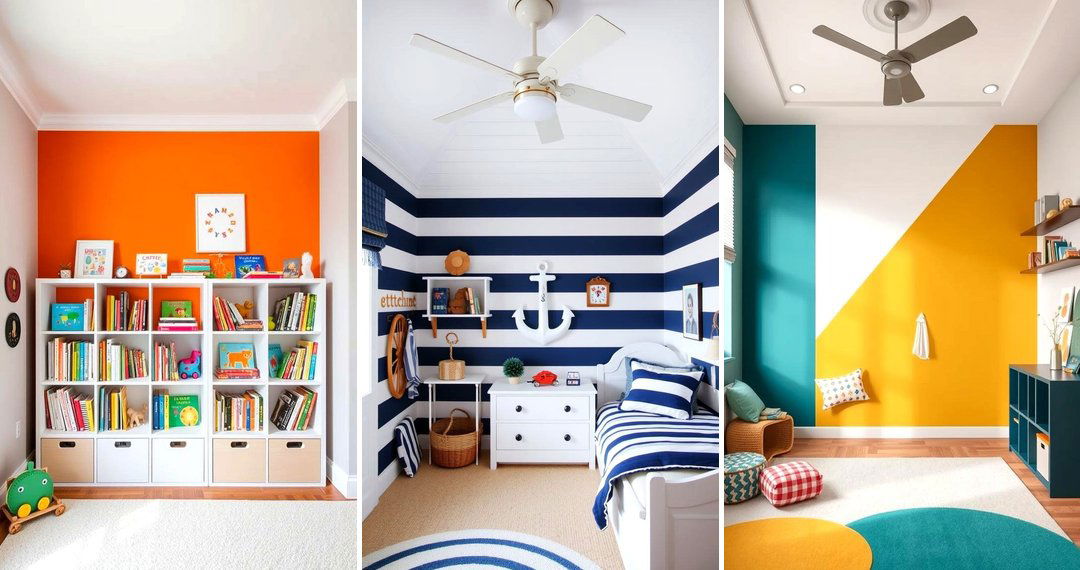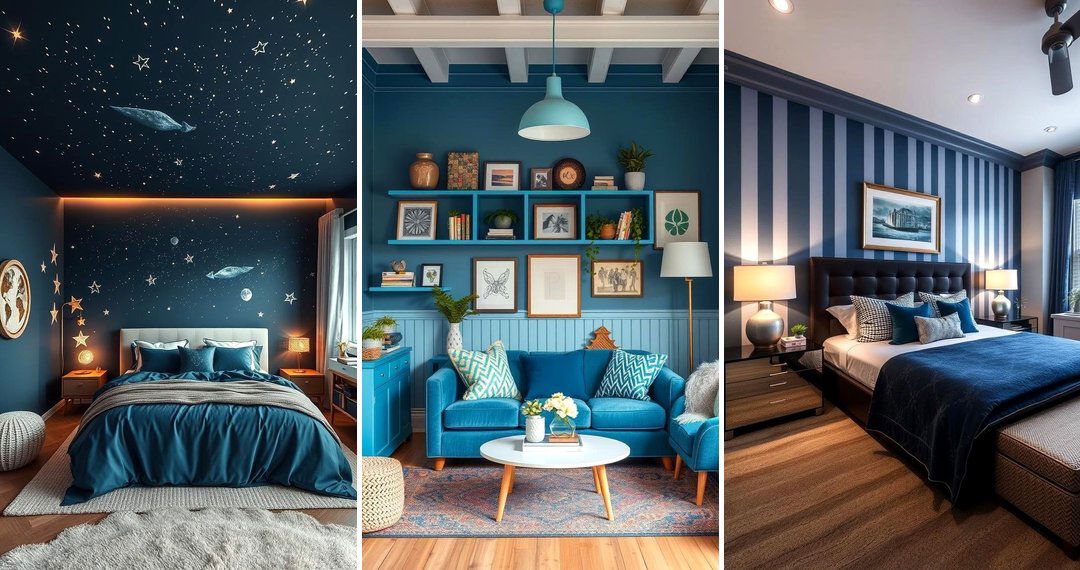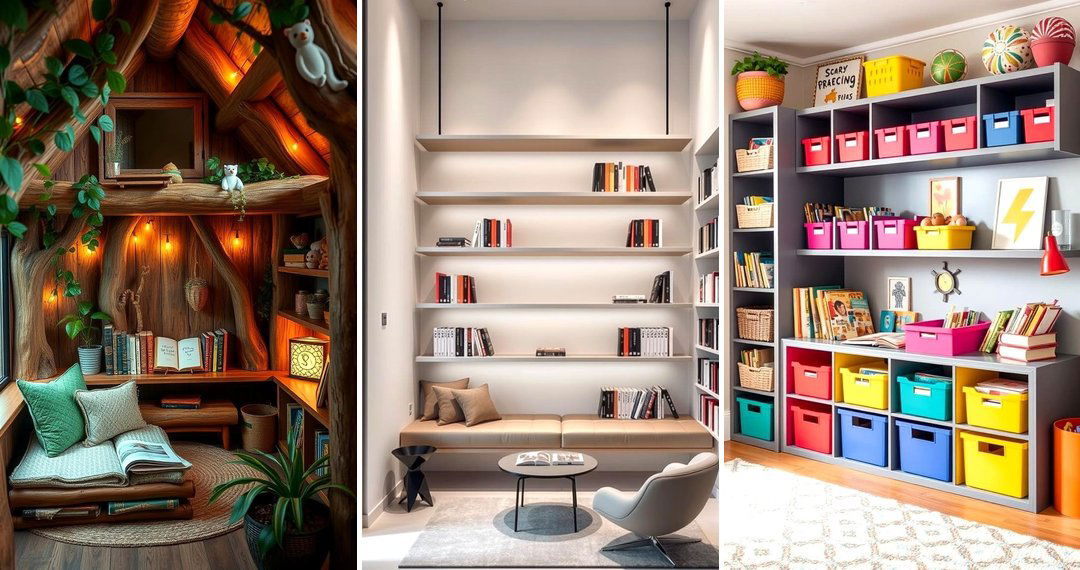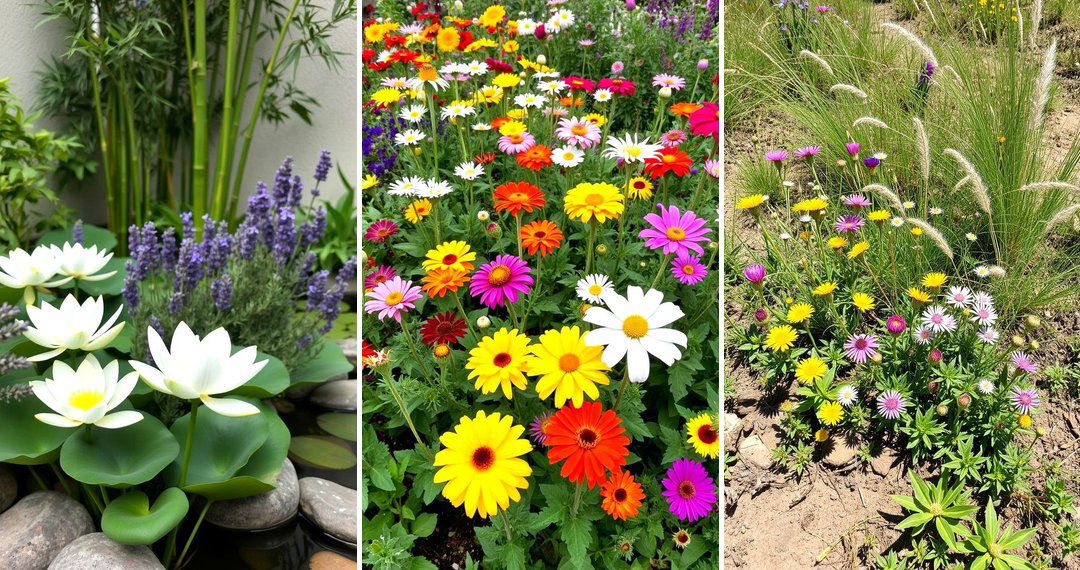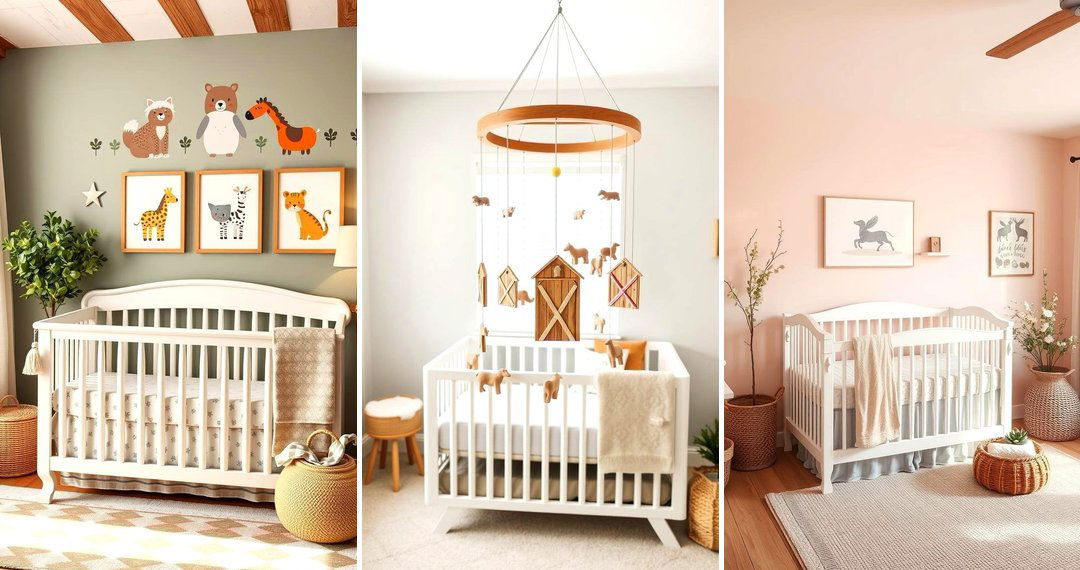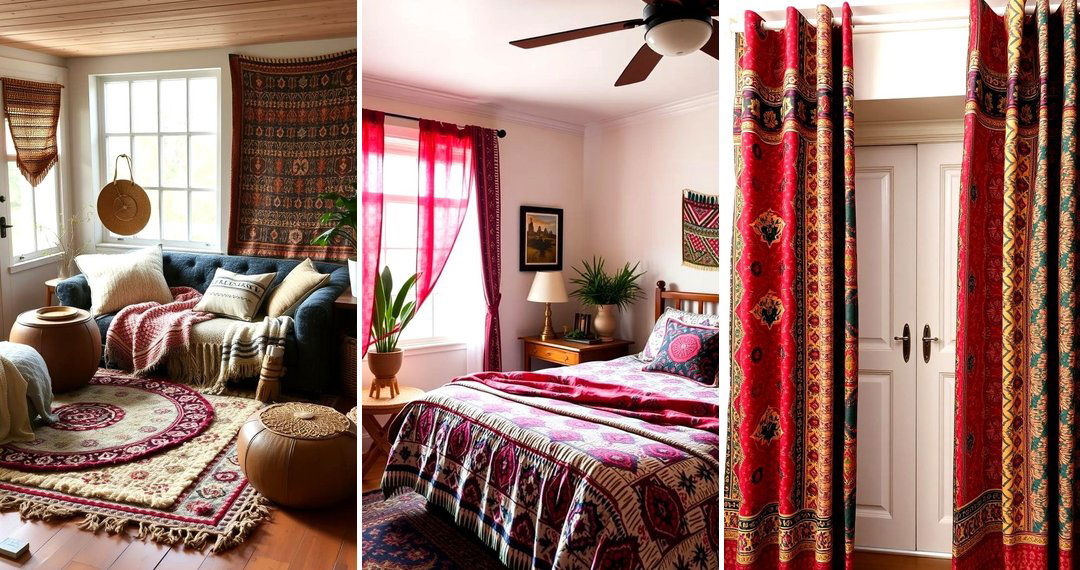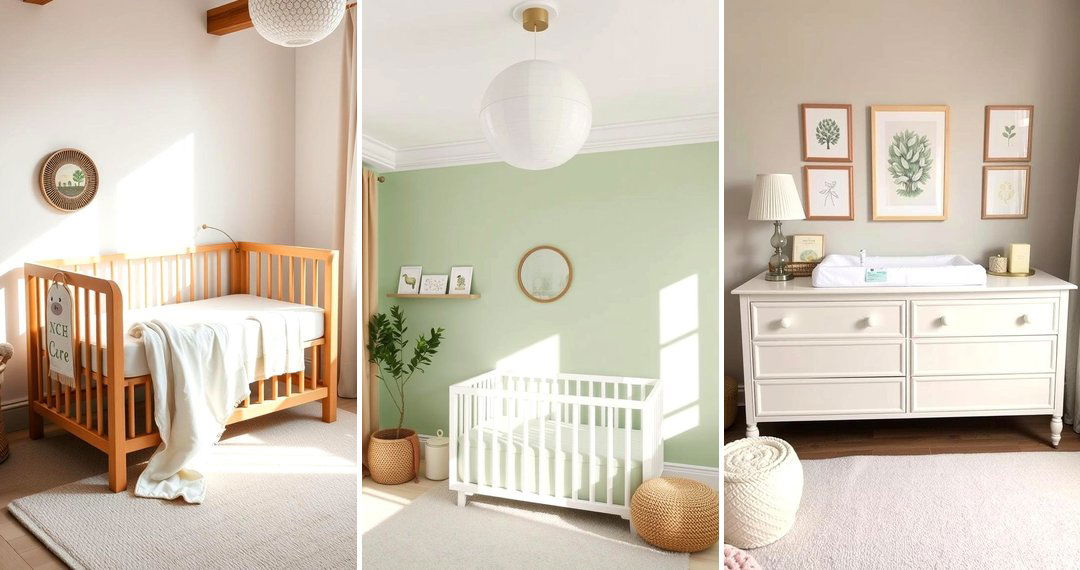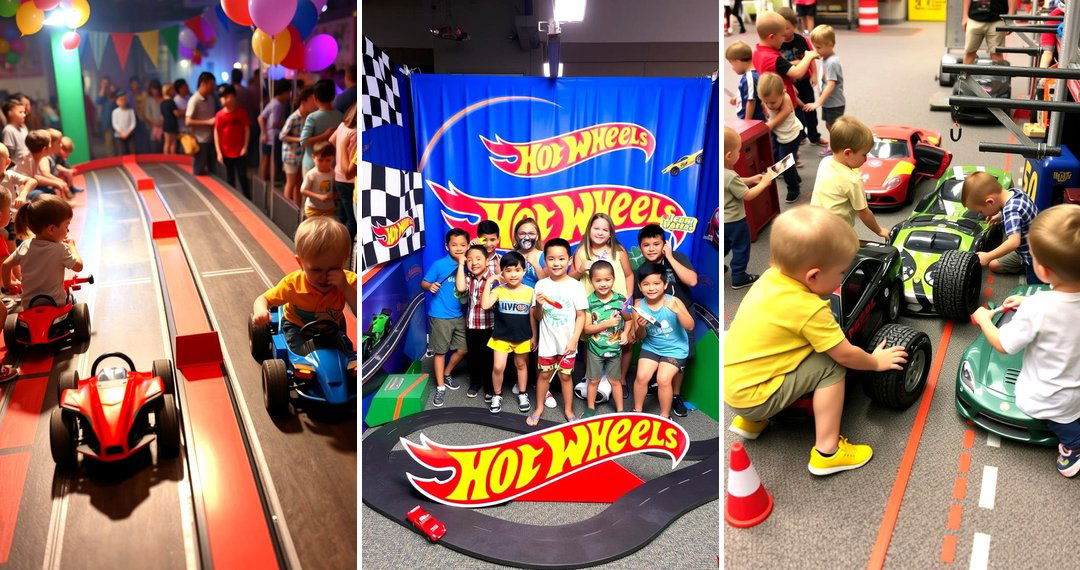Creating a kids' room is more than just about design—it’s about crafting a space where imagination can flourish, comfort is abundant, and every corner is an opportunity for growth and learning. A well-thought-out kids’ room can foster creativity, boost productivity, and provide a safe haven for relaxation. Whether you're renovating or starting from scratch, exploring various room ideas can help you turn any space into a dream world for your little one. Here, we’ve compiled 24 kids room ideas that are both fun and functional. Let these concepts inspire you to build a space your child will love.
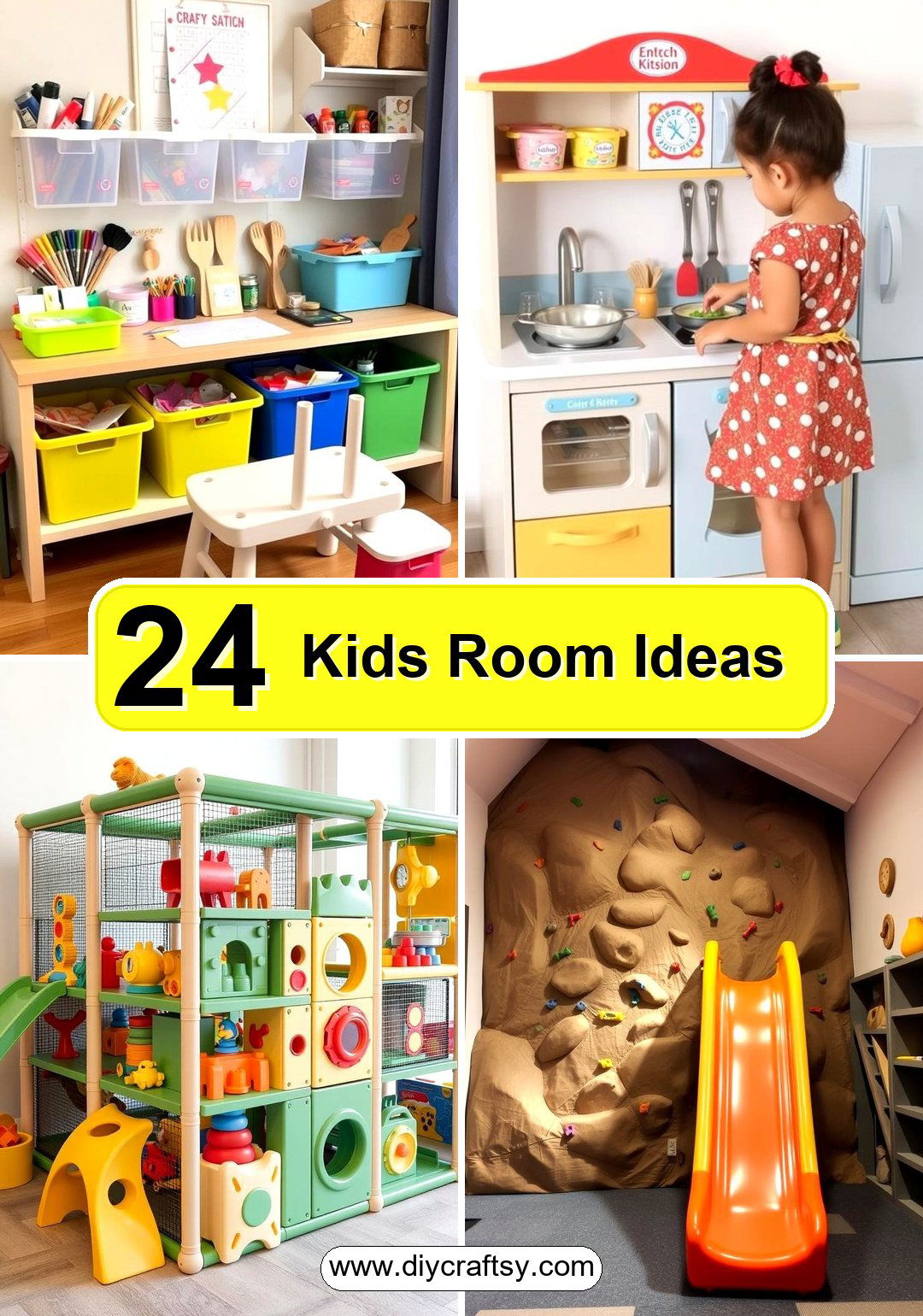
1. Create a Cozy Reading Nook
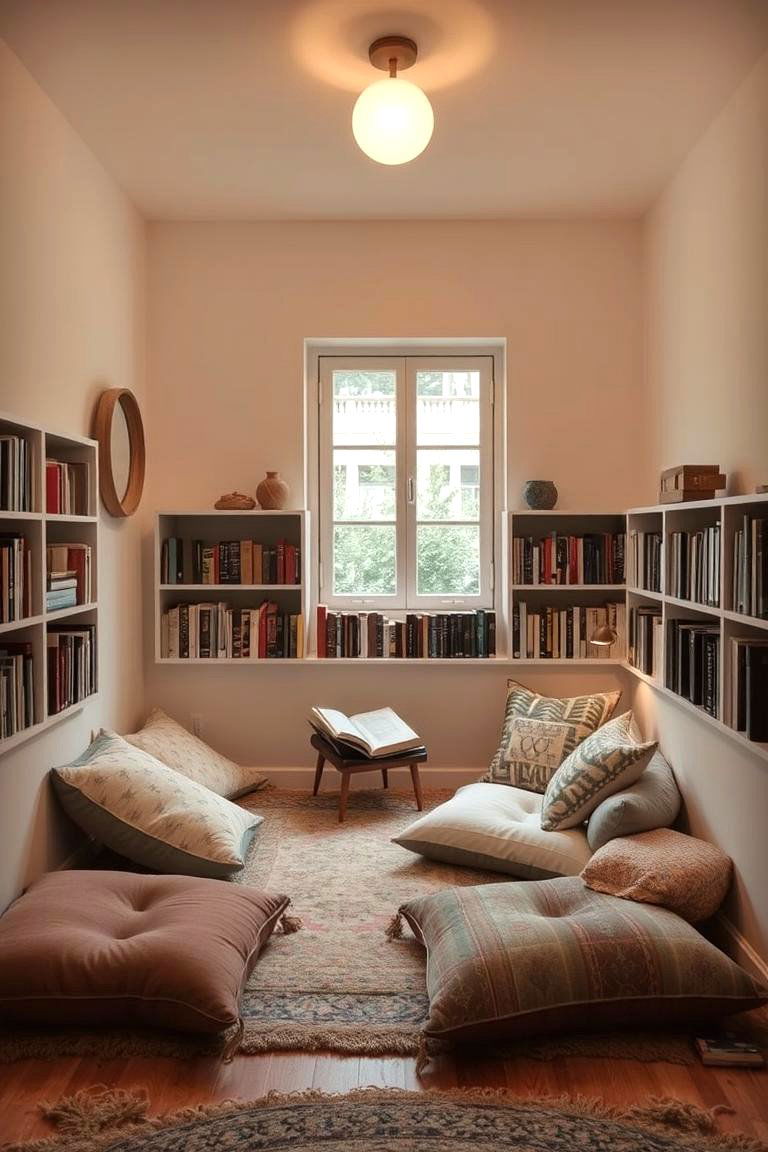
Imagine a space filled with soft cushions and floor pillows, where your child can escape into a world of stories. A cozy reading nook in their room is a perfect way to promote reading habits. By adding a comfortable chair or a soft blanket fort, you create a peaceful corner for relaxation. The soft lighting and shelves full of books can make the nook an inviting escape. Moreover, it encourages your child to spend time alone and focus on a good book, developing their imagination and concentration.
2. Incorporate Fun, Themed Decor
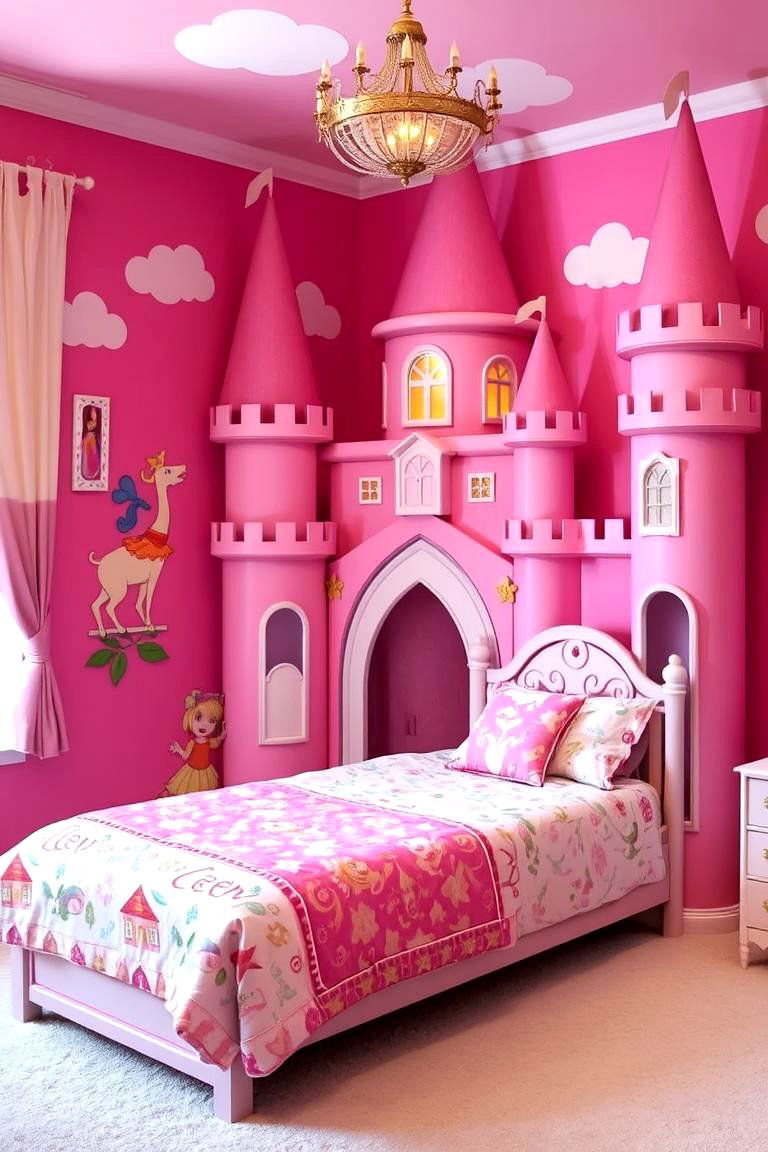
A room that reflects your child’s favorite theme or character can really make them feel connected to their space. Whether it’s a princess castle, a superhero hideout, or an animal safari, thematic rooms can provide both excitement and a sense of ownership. The key benefit here is that it sparks your child’s creativity and gives them a constant source of inspiration. This also helps with learning, as kids love exploring their favorite stories and characters in their own surroundings.
3. Organize With Storage Solutions
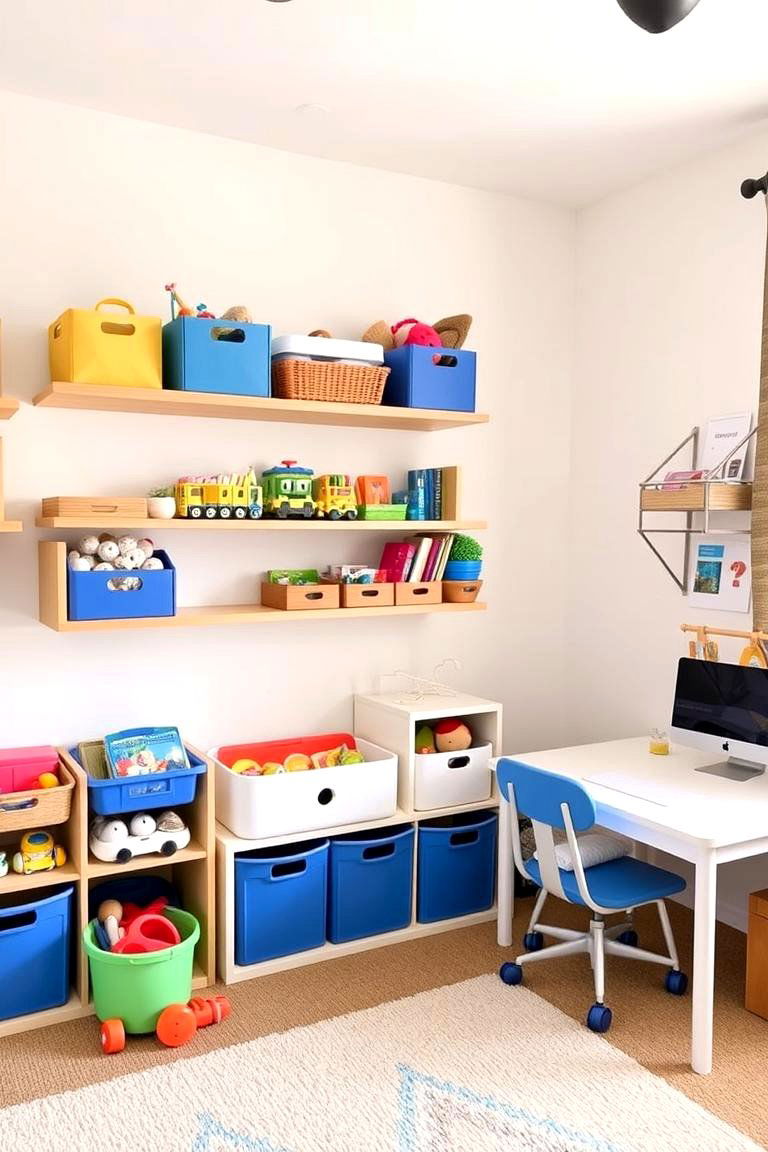
Clutter can overwhelm both children and adults. By introducing clever storage solutions, you can keep the room tidy while also teaching your child the value of organization. Items like multi-purpose furniture, storage bins, and floating shelves help reduce clutter, making the space more functional and calming. Moreover, when everything has a designated spot, it makes it easier for your child to find their belongings and maintain order, promoting responsibility.
4. Create a Multi-Functional Play Area
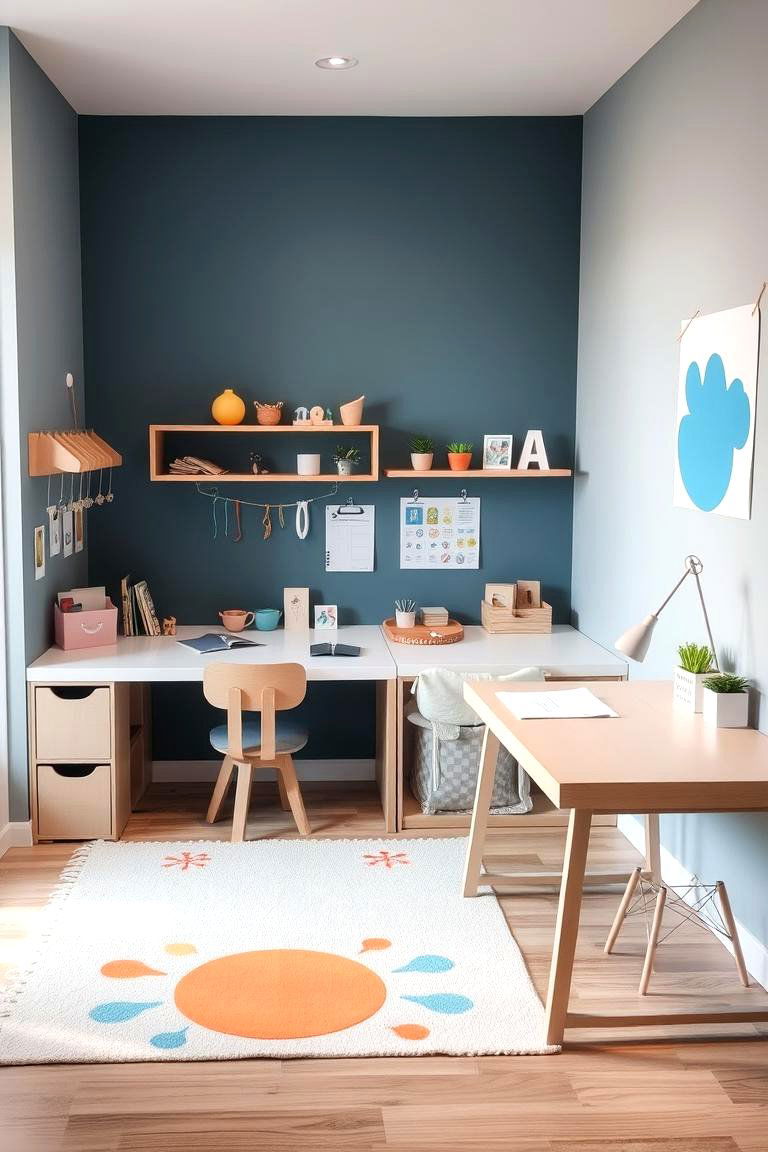
A multi-functional play area offers the versatility needed for play, study, and rest. For example, a room that includes a playmat or soft floor area combined with a small desk or craft corner offers your child a dynamic environment to grow. This space promotes both creativity and learning, allowing your child to engage in imaginative play or homework without feeling restricted. It’s all about ensuring a balance of fun and productivity.
5. Add a Chalkboard Wall
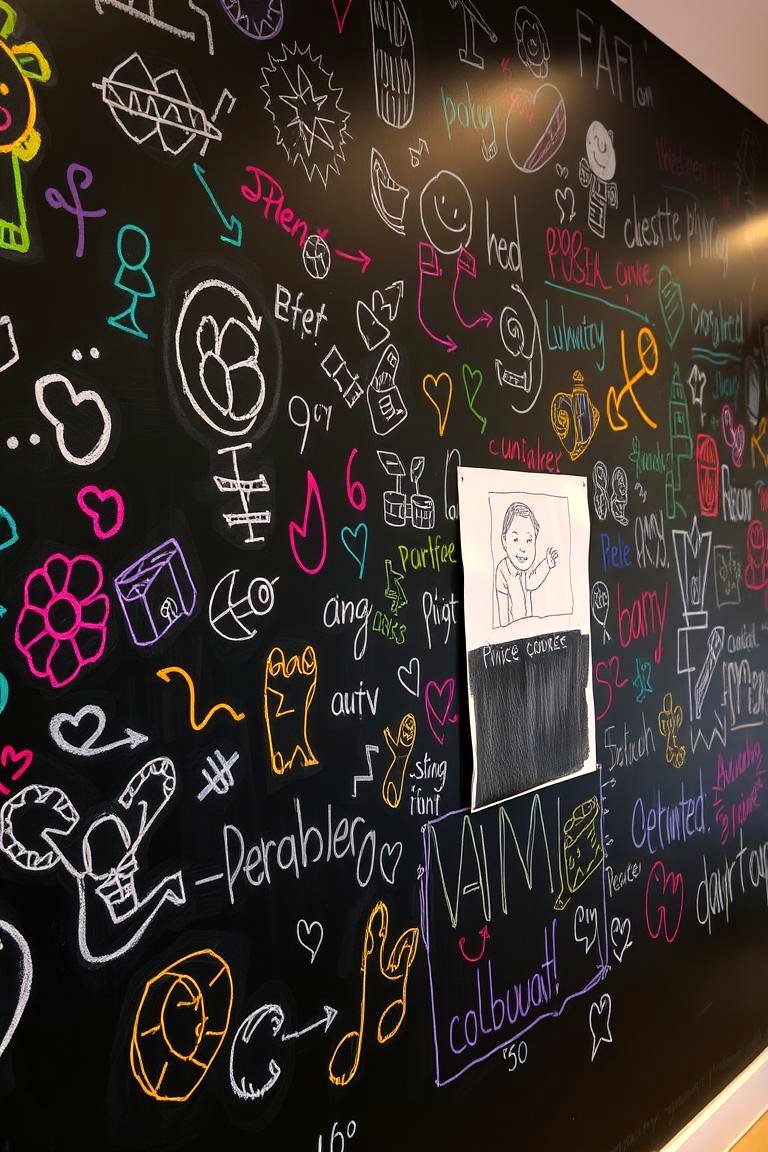
Imagine having an entire wall where your child can draw and write freely. A chalkboard wall is not only a practical feature, but it also doubles as an evolving art canvas. Kids can doodle, practice letters, or even use it for math problems. The best part? It provides endless opportunities for self-expression and learning. Plus, it’s easy to clean and update, so your child’s creativity can run wild without worry.
6. Embrace Soft, Neutral Tones
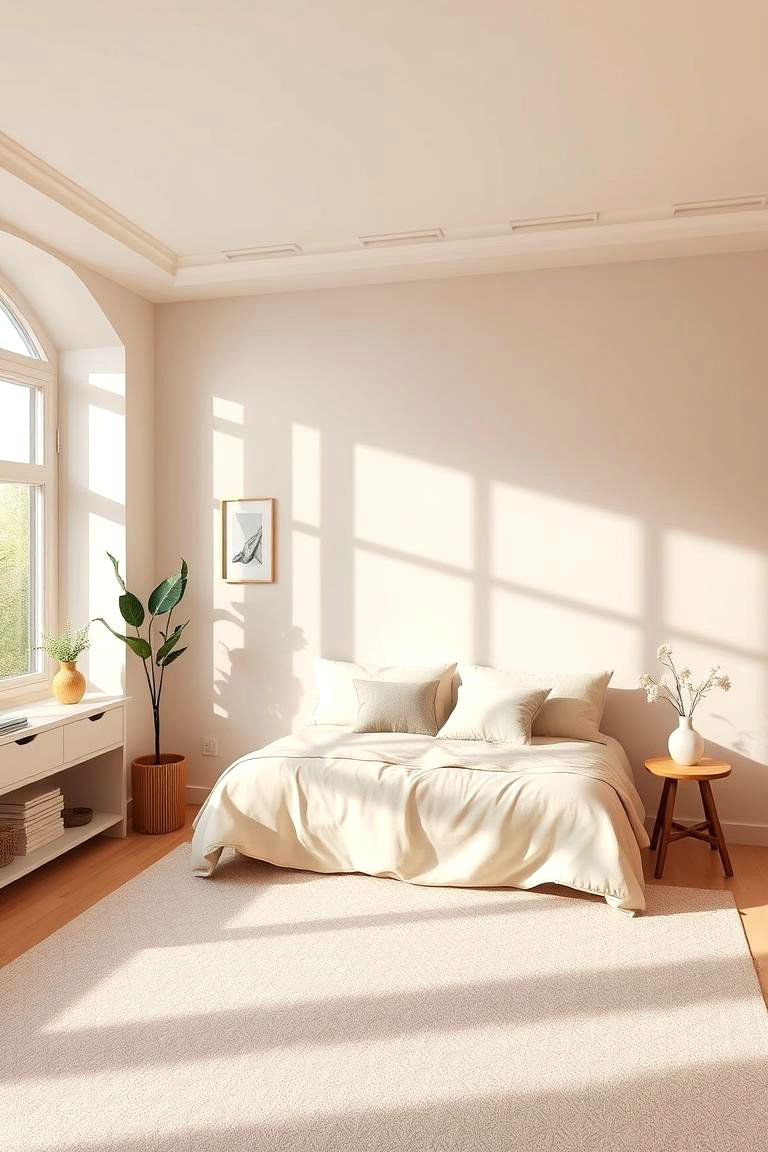
Soft, neutral tones in a kid’s room create a calm, soothing environment, perfect for winding down after a busy day. Think of colors like light beige, pastel blues, or soft greys, which can make the space feel bigger and more peaceful. These tones allow the room to grow with your child, transitioning from nursery to toddler and beyond, and they pair well with more vibrant furniture or decor. Neutral shades give flexibility in future updates and keep the room from feeling too loud or chaotic.
7. Install Bunk Beds for Space Efficiency
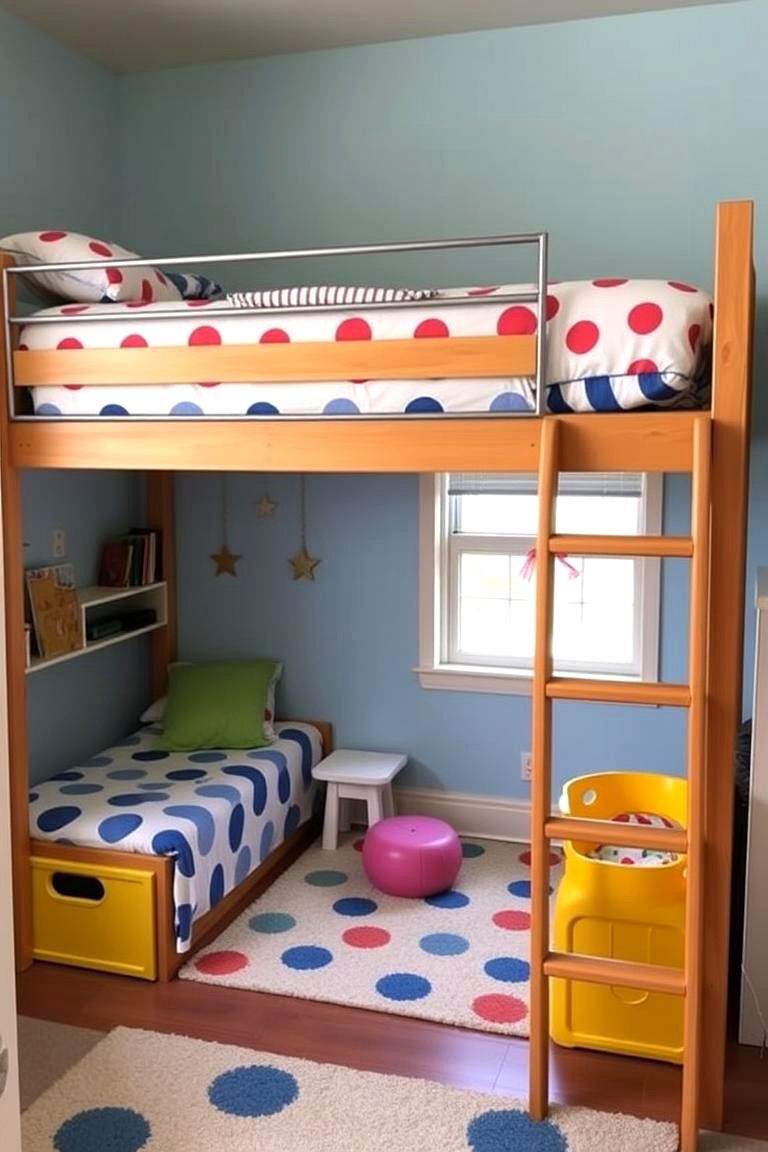
Bunk beds are a fantastic way to maximize space, especially in rooms shared by siblings. By stacking beds vertically, you create more floor space for play, study, or storage. Modern bunk beds come with additional features such as built-in desks or drawers, helping to keep everything organized. This option also adds an element of fun and adventure, transforming bedtime into something kids look forward to.
8. Introduce Personalized Wall Art
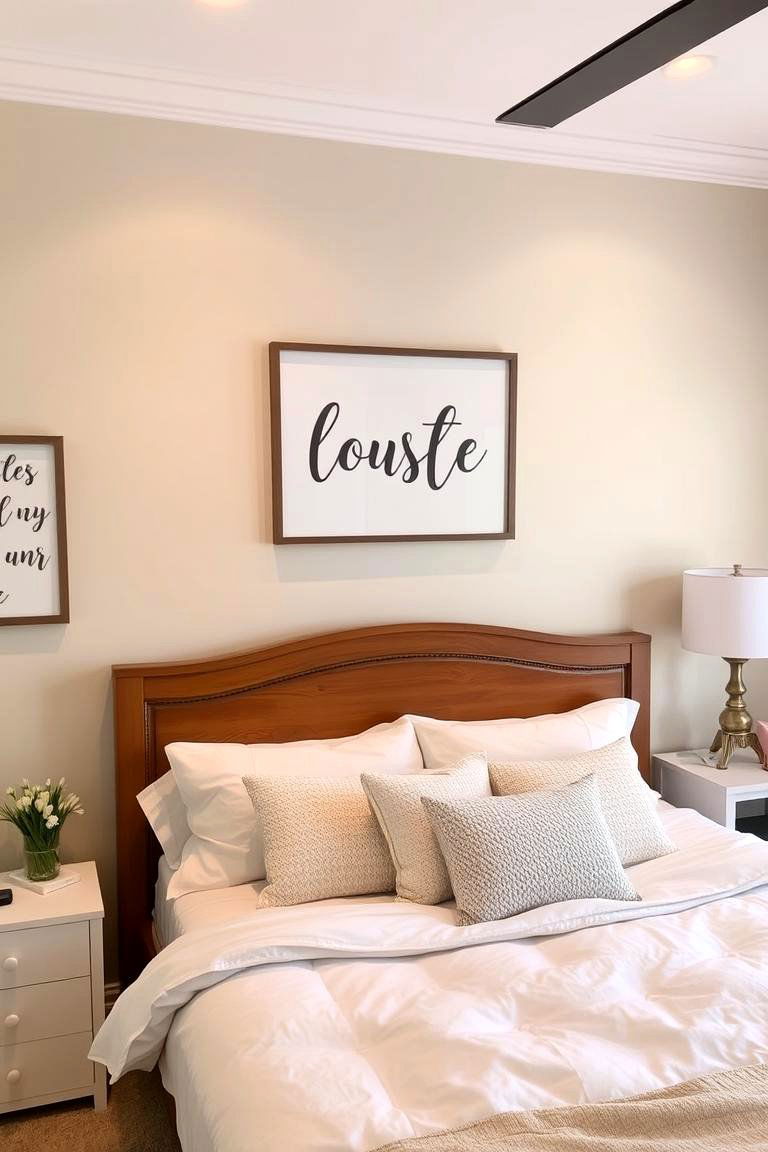
Personalized wall art not only adds a unique touch to the room but also makes it feel more personal and special for your child. Custom art, whether it's their name, a family photo, or an inspirational quote, can help your child feel more connected to their space. This small touch of personalization makes the room feel uniquely theirs, sparking a sense of ownership and pride. It’s a simple yet effective way to elevate the decor and add warmth.
9. Make Use of Vertical Space
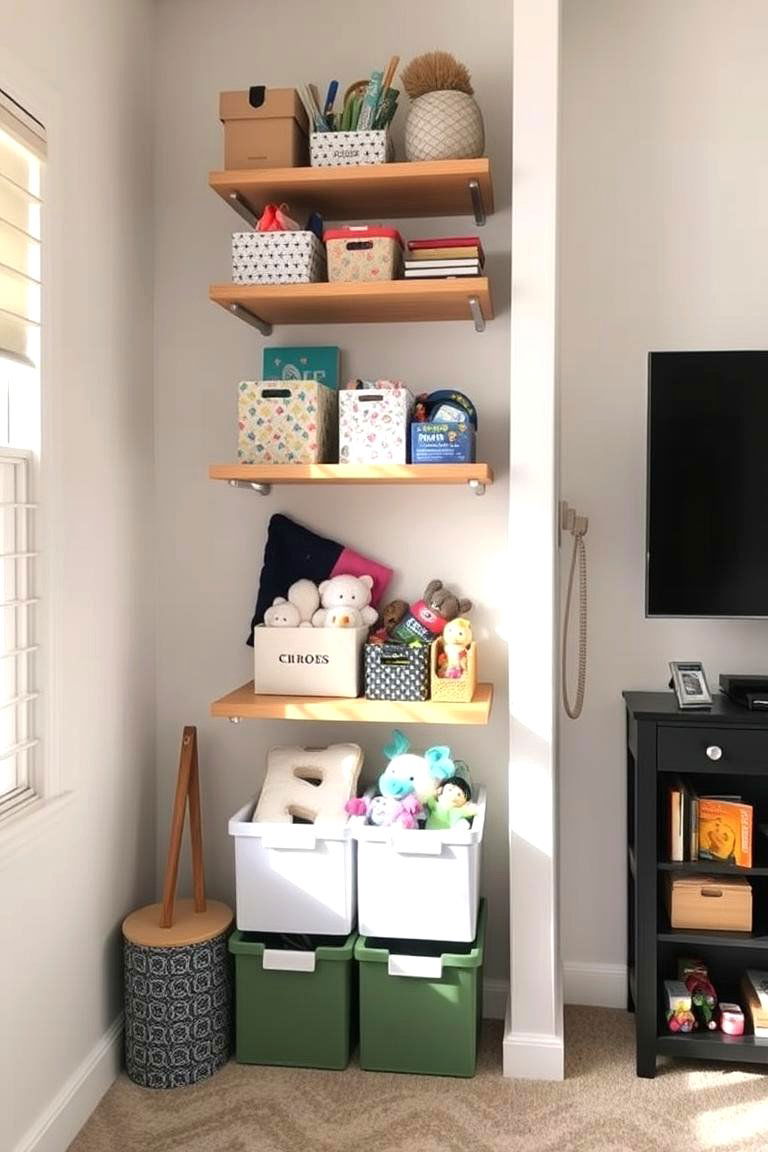
Vertical space is often overlooked, but it’s a great way to maximize a small room. Consider installing floating shelves or wall-mounted organizers to store toys, books, or art supplies. This frees up the floor for more important uses like play or study. Furthermore, vertical storage can help teach children the importance of keeping things organized, while also adding a visual appeal to the room.
10. Design a Dreamy Bed Canopy
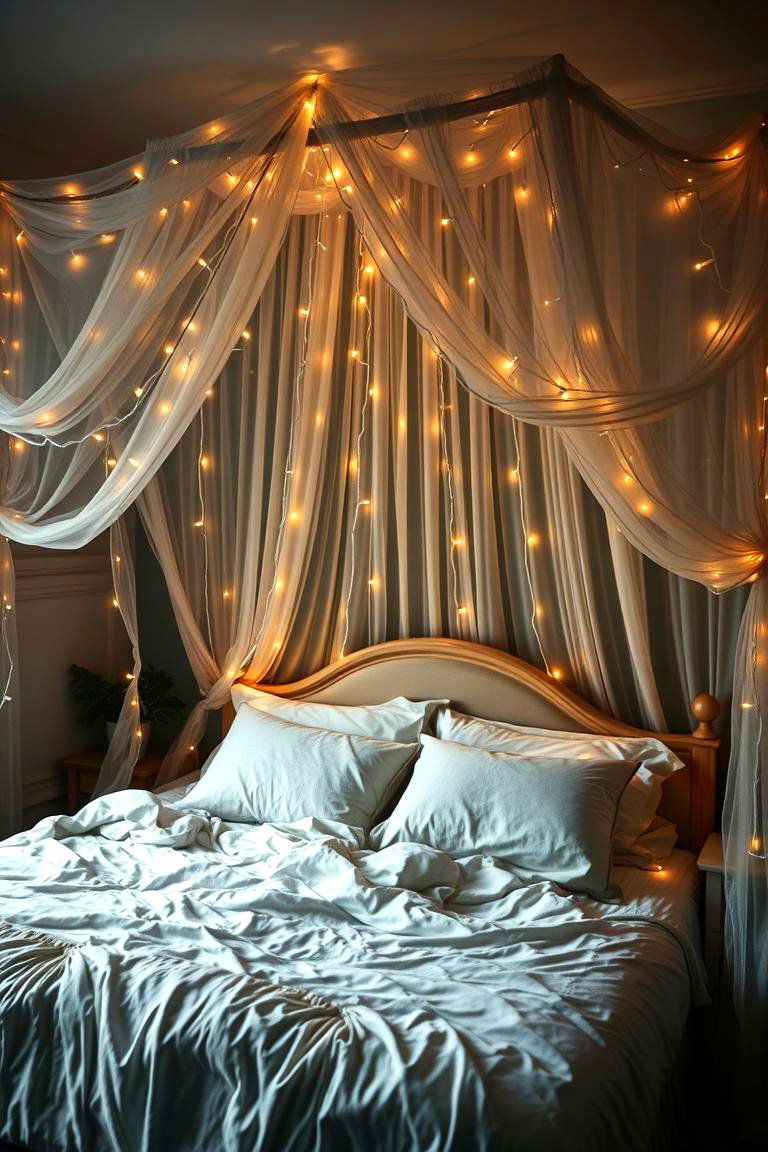
A bed canopy can turn any bed into a magical retreat. This dreamy addition adds a layer of comfort and whimsy, making your child’s bed feel like a private sanctuary. It’s perfect for children who love imaginative play, turning bedtime into an adventure. The soft fabric adds texture and warmth, and the canopy can be adorned with fairy lights or decorative accents to further enhance the magical atmosphere.
11. Create a Nature-Inspired Room
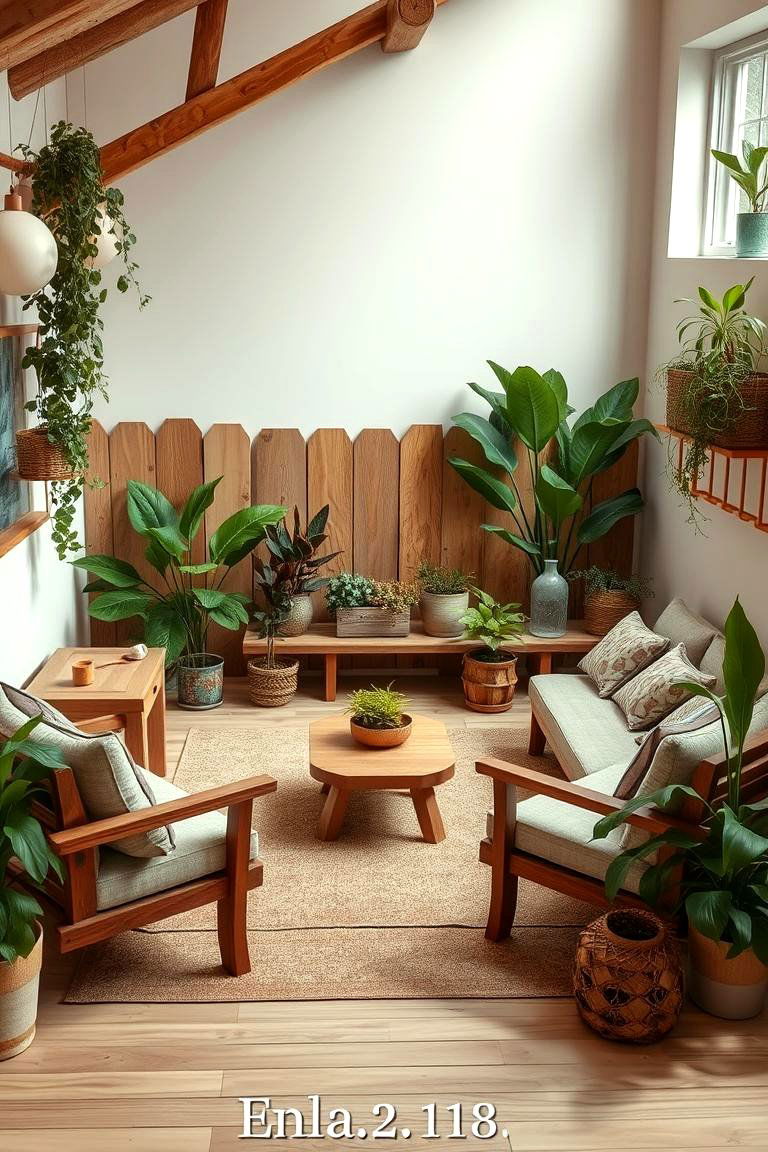
A nature-inspired room brings the outdoors inside, creating a calming atmosphere for your child. Think of a room with plants, wooden furniture, and earth-toned accents, which can create a sense of tranquility and connection to the natural world. Nature-themed rooms are not only visually soothing, but they can also promote learning about the environment. You can even add natural textures like wicker baskets, jute rugs, or linen bedding to reinforce the theme.
12. Set Up a Craft Station
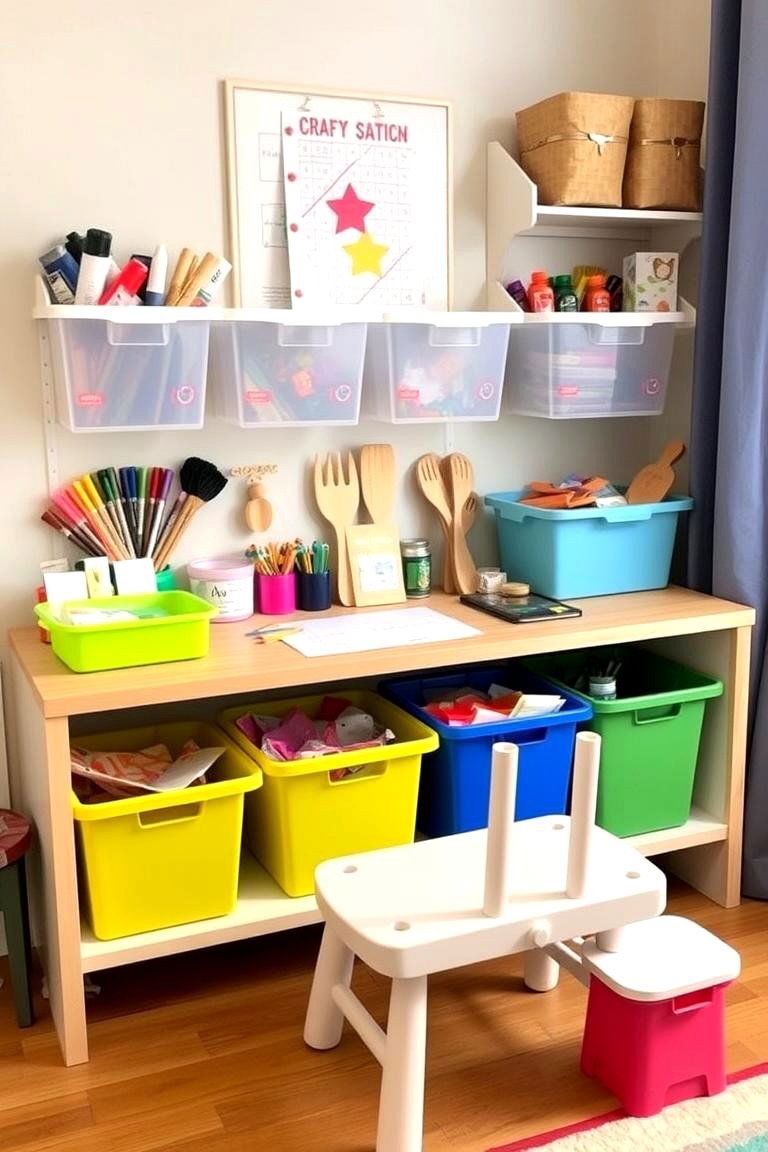
If your child enjoys arts and crafts, a dedicated craft station is a wonderful addition. This space allows your child to explore their creativity while staying organized. Simple storage bins, a sturdy table, and accessible supplies make crafting easy and enjoyable. The best part is that a craft station helps nurture your child’s imagination while also encouraging them to engage in focused, hands-on activities that build fine motor skills.
13. Bring in a Play Kitchen Set
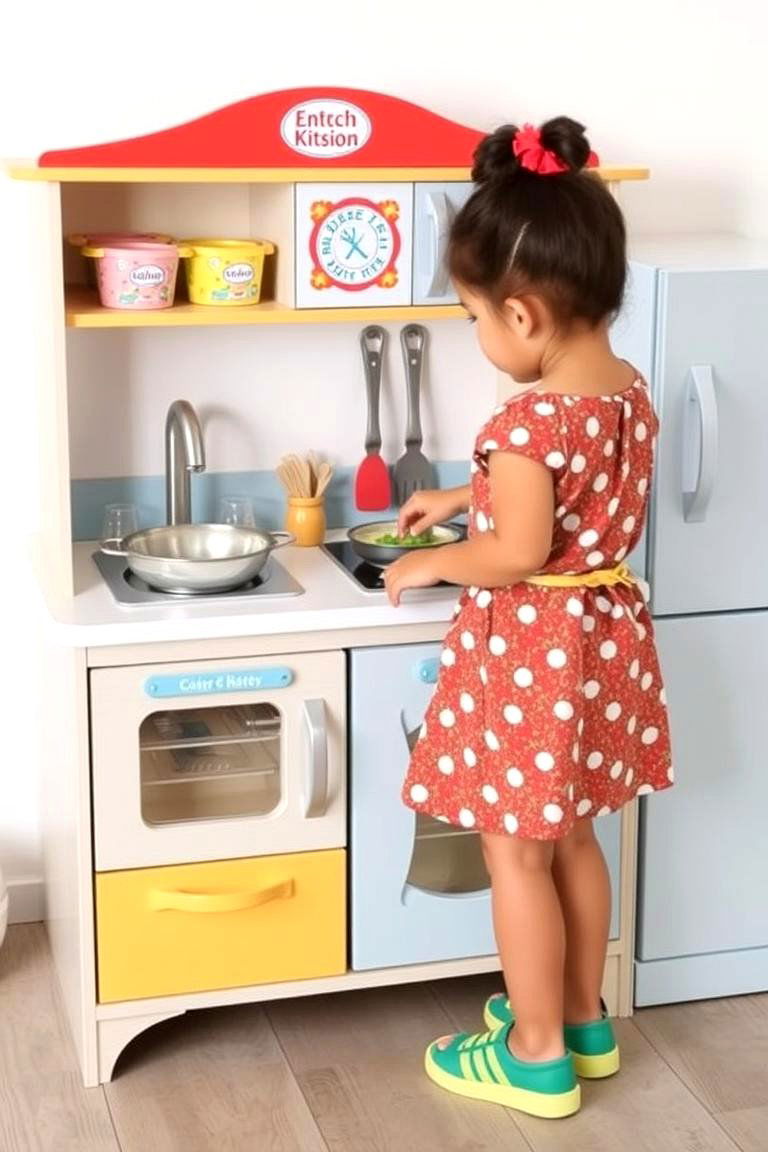
A play kitchen set can ignite your child’s imagination, offering endless hours of pretend cooking and role-playing. This addition enhances both creativity and social development, as children often engage in cooperative play with siblings or friends. Whether it's a wooden kitchen or a more elaborate one with accessories, it’s an investment that provides value beyond playtime. It helps children practice skills like sharing, communication, and problem-solving.
14. Install a Slide or Climbing Wall
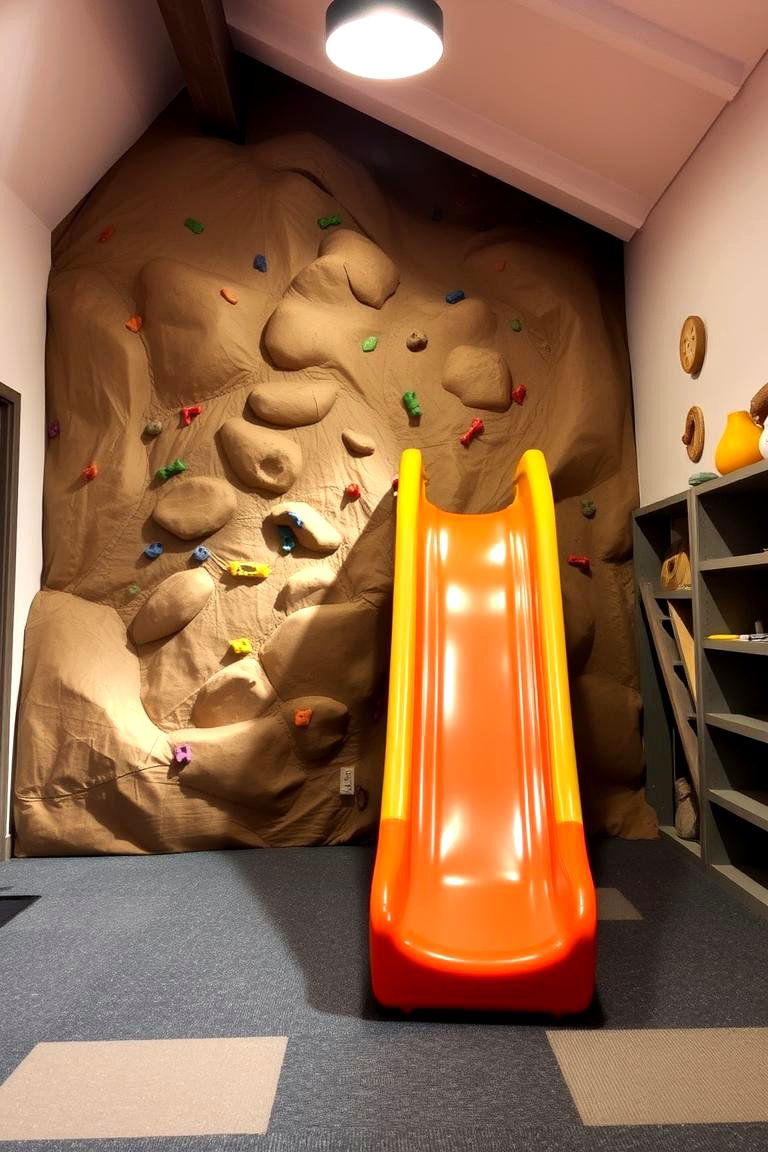
For an active child, a slide or climbing wall is a fantastic way to integrate physical activity into their room. These features turn the room into an exciting play zone, helping your child expend energy in a fun and safe way. Plus, climbing and sliding help develop coordination and motor skills. This idea is perfect for kids who love adventure and need an outlet for their boundless energy.
15. Create a Cozy Bedtime Ritual Area
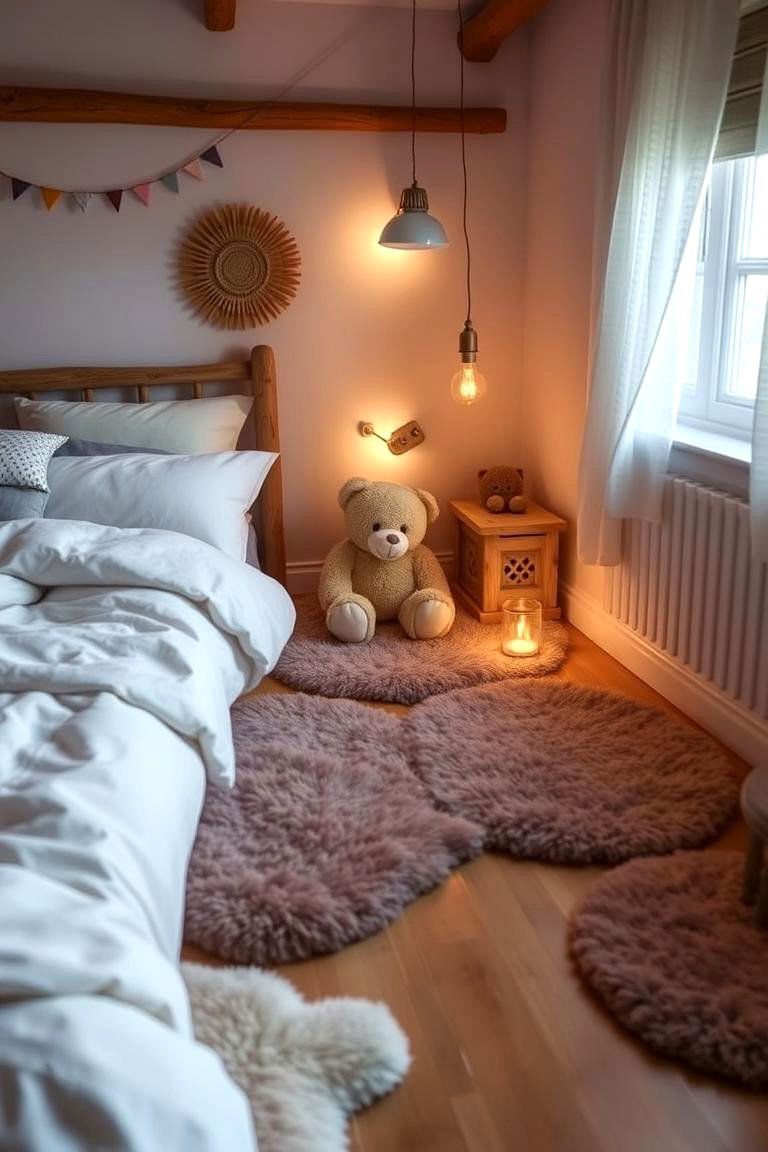
A calming bedtime ritual is essential for creating a good sleep routine. By designing a small space dedicated to winding down, such as a comfy chair for reading or a soft rug for yoga, you can help your child transition smoothly from playtime to bedtime. This designated area becomes part of the bedtime routine, signaling to your child that it’s time to relax. Soft lighting, calming music, and a few favorite toys can enhance the atmosphere.
16. Introduce a Modular Play System
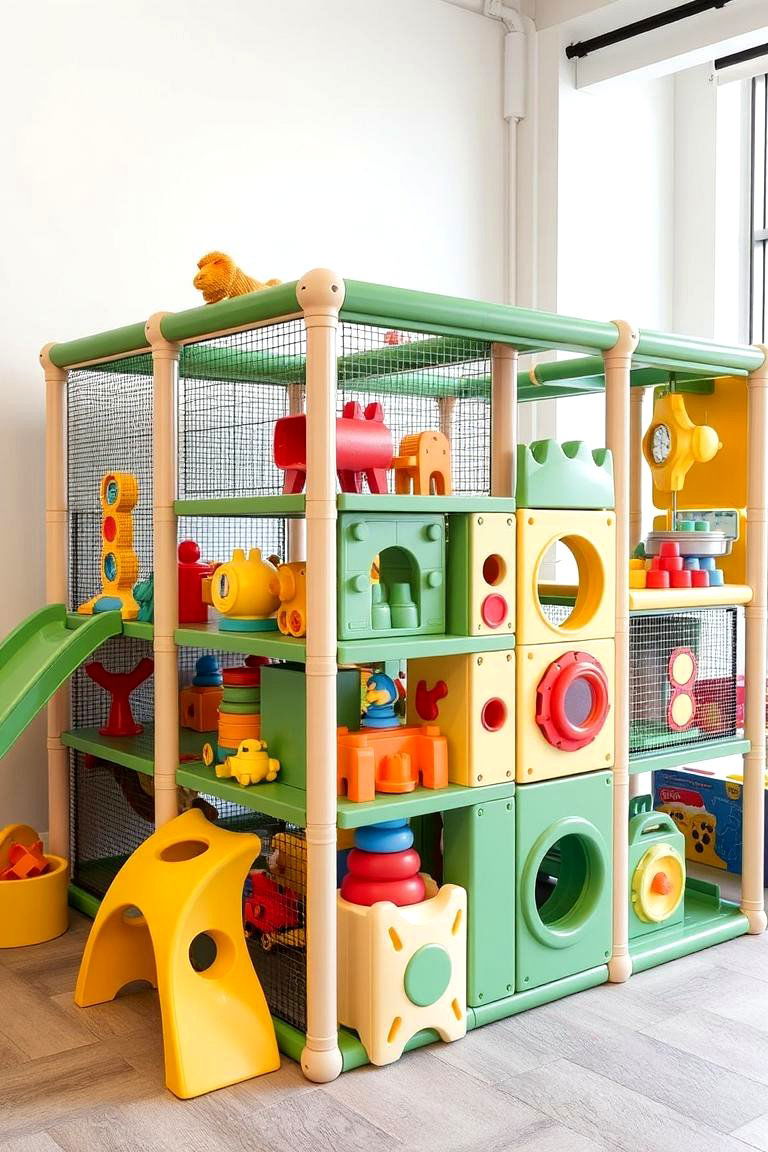
Modular play systems are versatile and fun. These systems can be configured in different ways to suit the needs of your child as they grow. Whether it’s a stackable toy organizer or a furniture system that doubles as a climbing wall, modular setups adapt to different stages of your child’s development. These systems also make it easy to change the layout of the room, offering endless possibilities for play and functionality.
17. Use Colorful Accent Walls
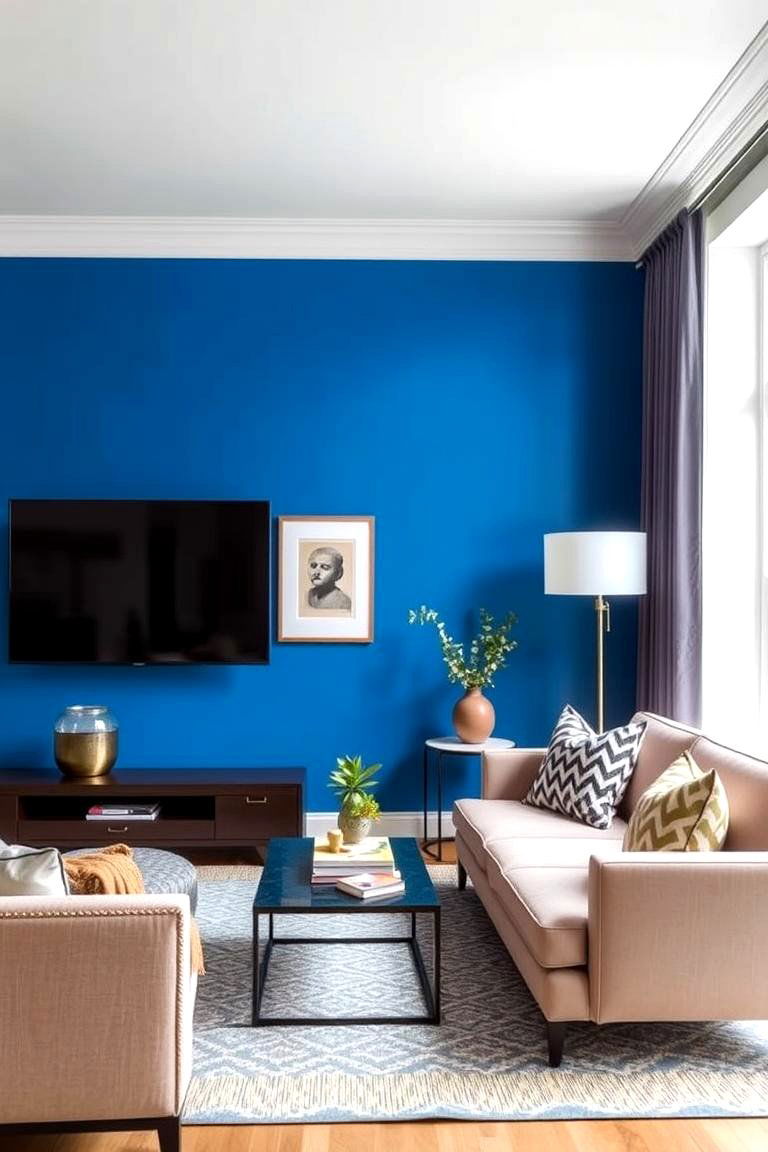
Add a pop of color to the room with a bold accent wall. Whether it’s a bright shade of yellow, blue, or a fun pattern, accent walls make a striking visual statement. This idea works particularly well in rooms with neutral furniture and decor. The vibrant hue can energize the space, making it feel playful and cheerful. Additionally, accent walls are easy to implement, allowing you to refresh the room's look without major renovations.
18. Build a Lofted Play Area
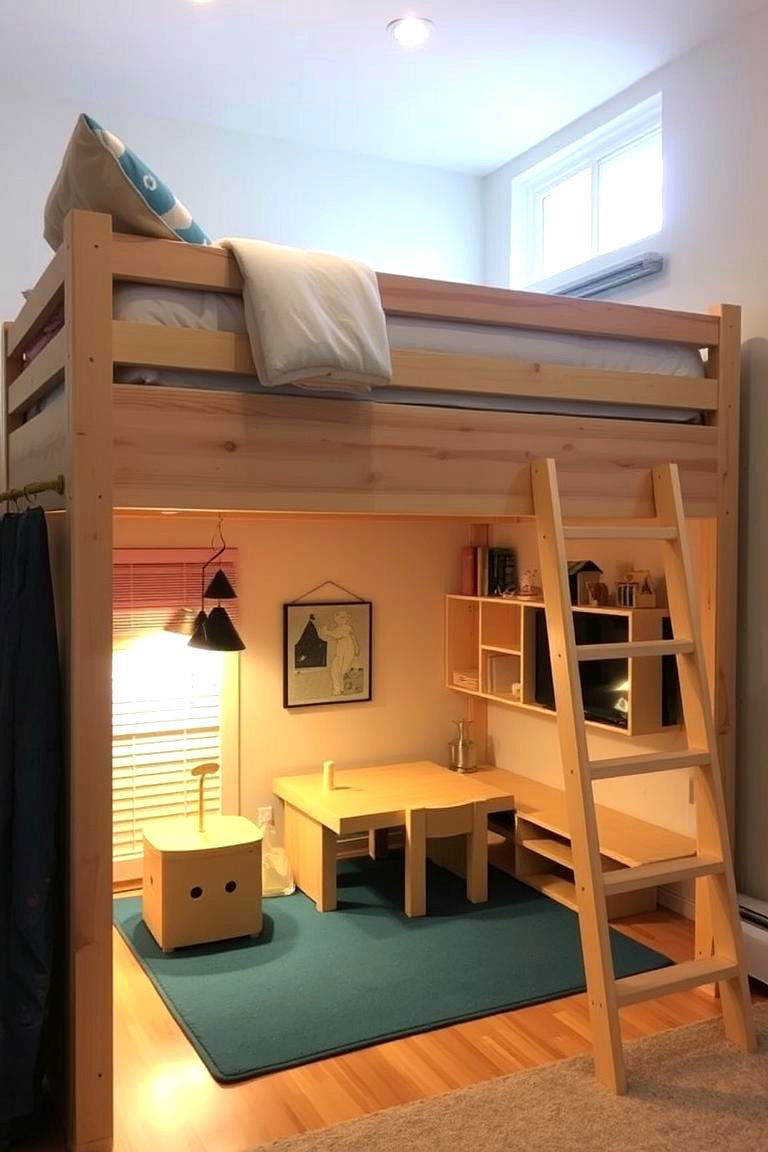
A lofted play area is an excellent choice for small rooms, maximizing vertical space while adding an element of adventure. By raising the bed, you can create a space underneath for a play zone, study corner, or reading nook. This creative use of space makes the room feel bigger and provides your child with their own personal playground. A lofted area also adds a sense of privacy, perfect for kids who love having their own space.
19. Create a Space for Hobbies
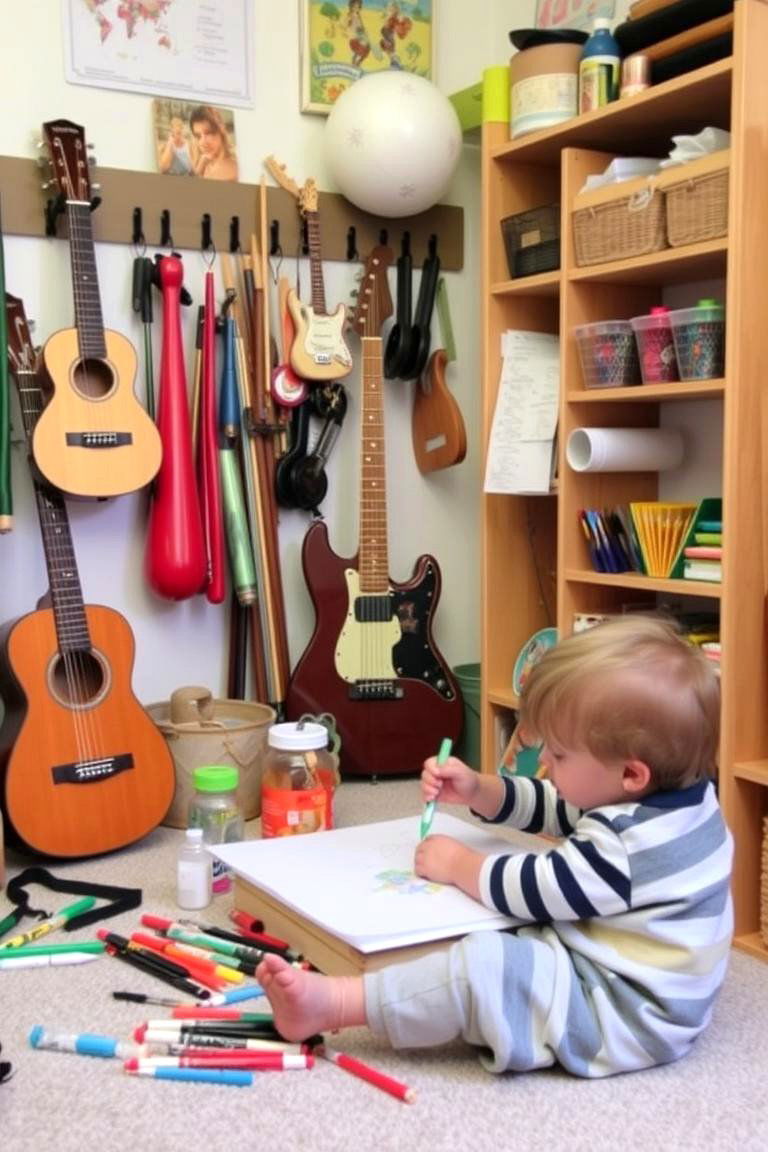
Designating a space for hobbies or special interests is a great way to support your child’s passions. Whether they love building models, painting, or playing musical instruments, having a dedicated space allows them to focus and explore. This area should be equipped with the tools and storage they need, promoting both creativity and organization. It also encourages independence, as your child can easily access their hobby materials without needing to ask for help.
20. Add a Sensory Play Area
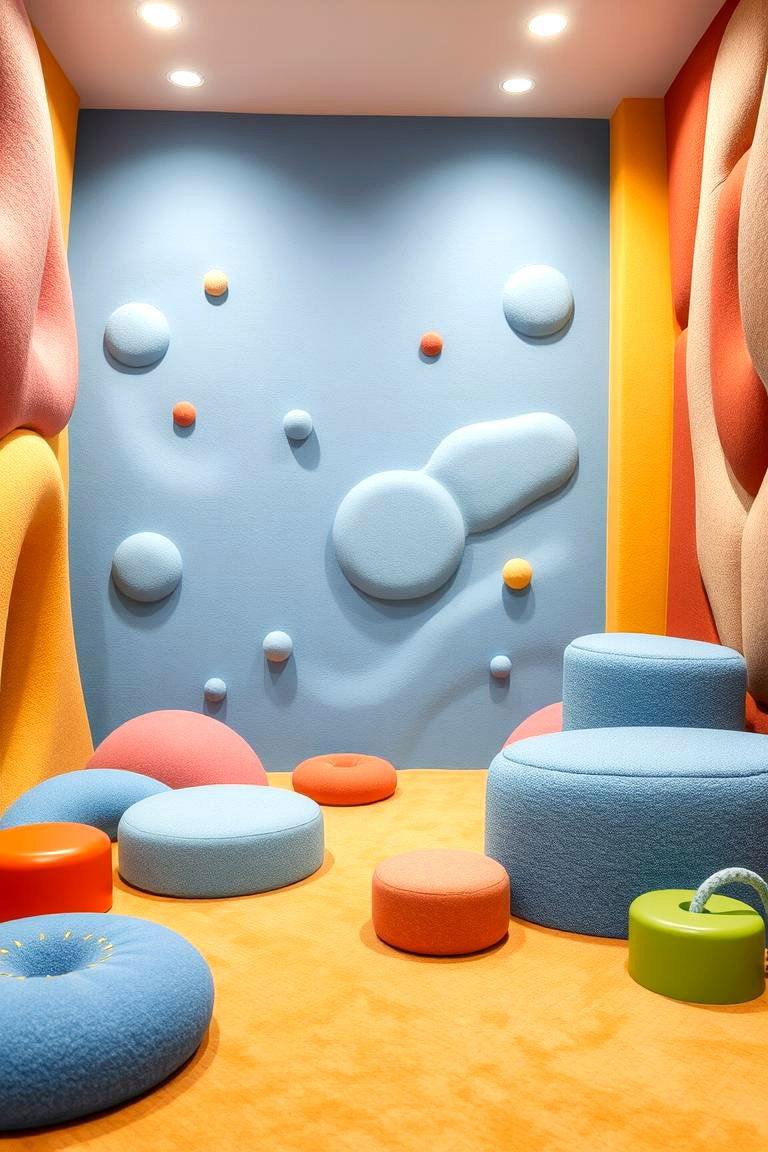
Sensory play is vital for a child’s development, helping them engage their senses while fostering creativity and cognitive skills. A sensory play area might include soft textures, light patterns, colorful items, and interactive elements that your child can touch, see, and explore. Sensory spaces are especially beneficial for toddlers and younger children, as they help improve motor skills and cognitive abilities through hands-on exploration.
21. Introduce Interactive Wall Decals
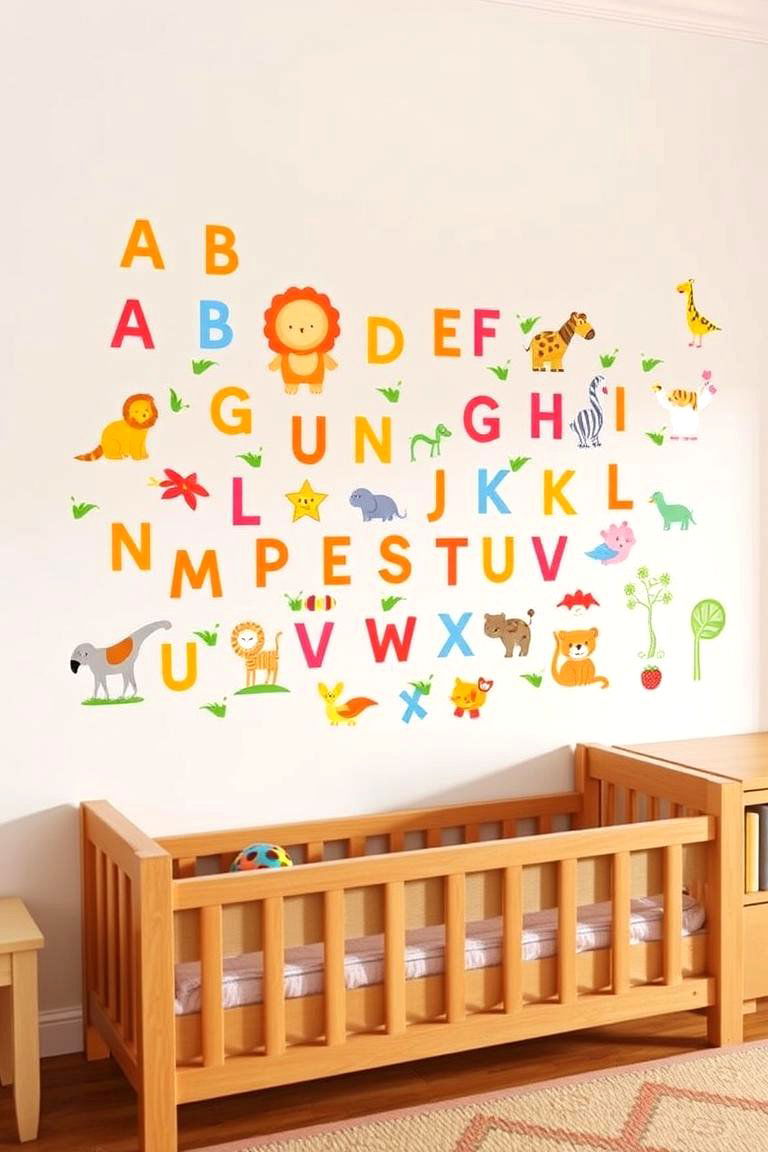
Interactive wall decals are a fun and practical way to transform a plain wall into an engaging space. These decals, which can be moved or repositioned, encourage creativity and interactive learning. Whether they’re educational, like alphabet or animal stickers, or just fun and colorful designs, these decals add a dynamic aspect to the room. The key benefit here is that they can grow with your child’s interests, making them a versatile design option.
22. Add an Indoor Tent
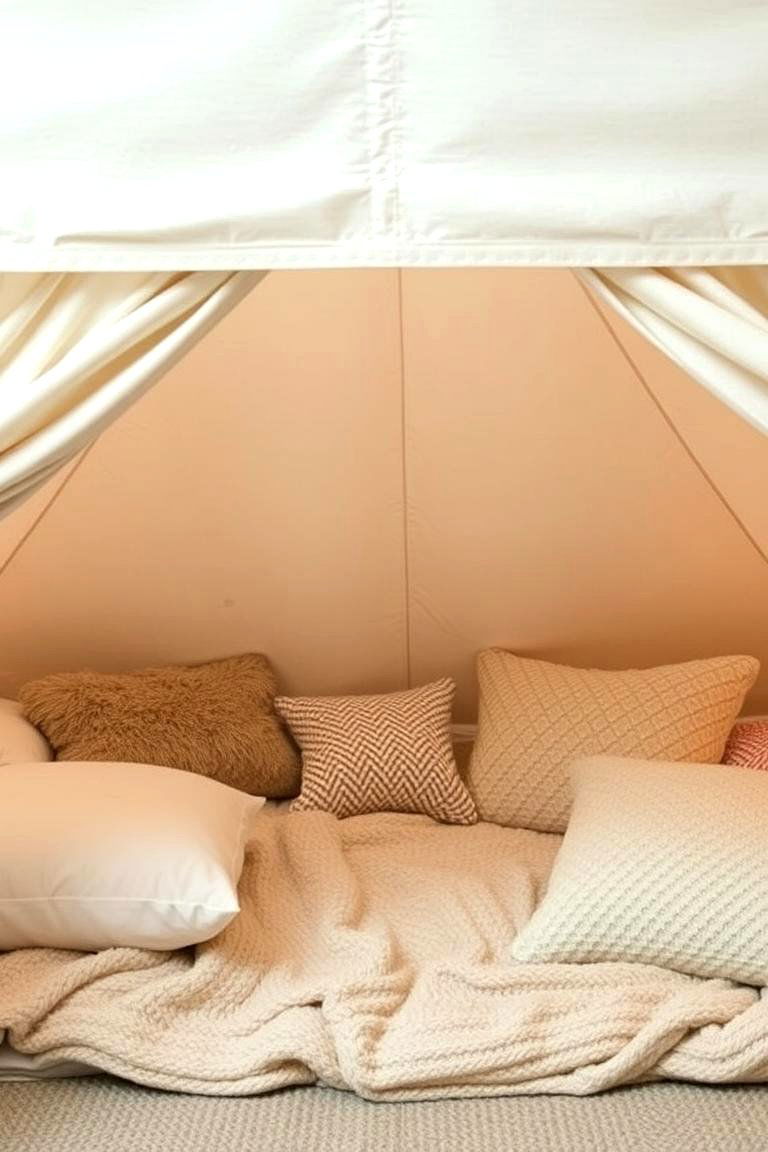
An indoor tent can be a magical addition to any kid’s room, turning the space into a cozy hideaway. These tents, often made from soft fabric, create an intimate, playful space where your child can read, nap, or entertain friends. It encourages imaginative play and can be a perfect retreat for children who love a little privacy. With a few pillows and blankets inside, it becomes a perfect spot for relaxation or creative play.
23. Integrate a Built-In Desk
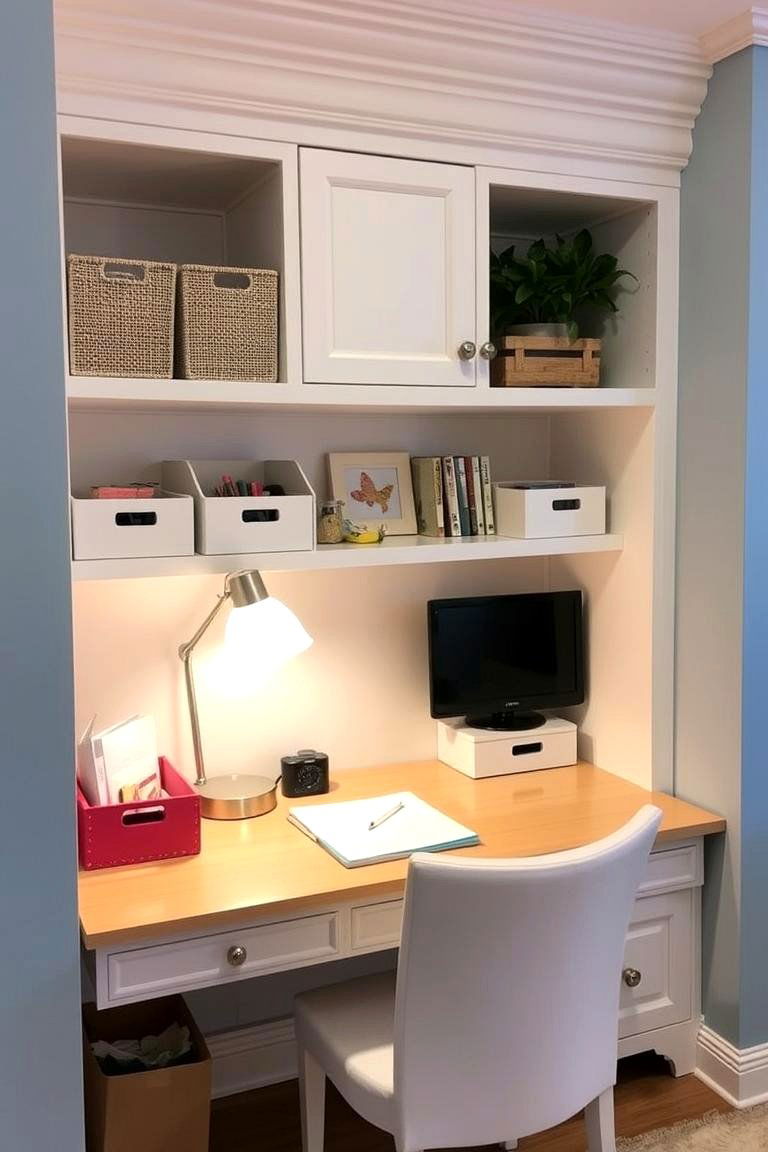
A built-in desk offers a streamlined workspace that blends seamlessly into the room's design. It’s ideal for children who are at the stage where they need a designated spot for homework or crafts. The benefit of a built-in desk is that it saves space, keeps the room organized, and provides a functional area that can be customized with organizers, lights, and supplies. As your child grows, the desk remains a useful feature for studying and creating.
24. Introduce a Fun Ceiling Design
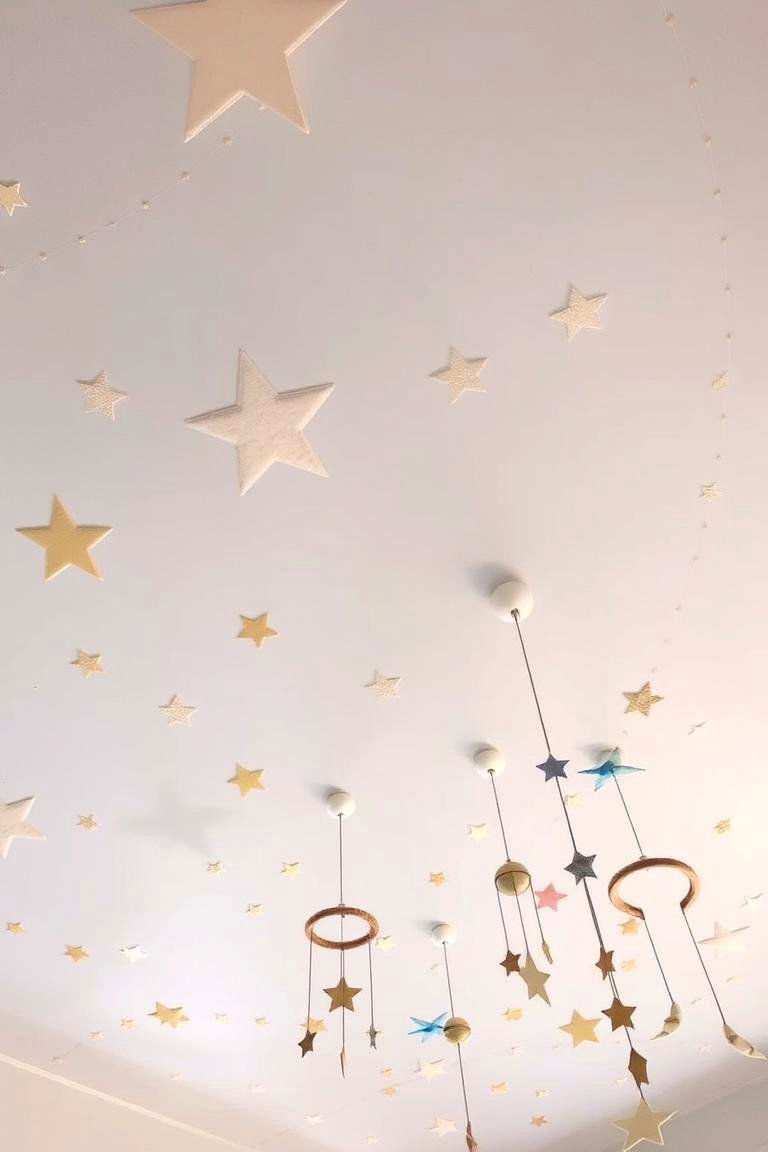
Why not make the ceiling an exciting feature? A fun ceiling design, such as a painted sky, constellation stickers, or hanging mobiles, adds an element of surprise and whimsy to the room. Ceiling designs also give the room an elevated look, making it feel more spacious and dynamic. This idea is particularly ideal for children who are fascinated by the stars, space, or the outdoors.
Conclusion:
From imaginative play areas to peaceful reading nooks, these 24 kids room ideas offer a variety of ways to create a space that is both functional and fun. By focusing on personalization, organization, and creativity, you can design a room that fosters your child’s development and provides a sense of comfort and joy. Whether you're working with a large space or a small one, these ideas will help you create a room that your child will love and cherish for years to come.


